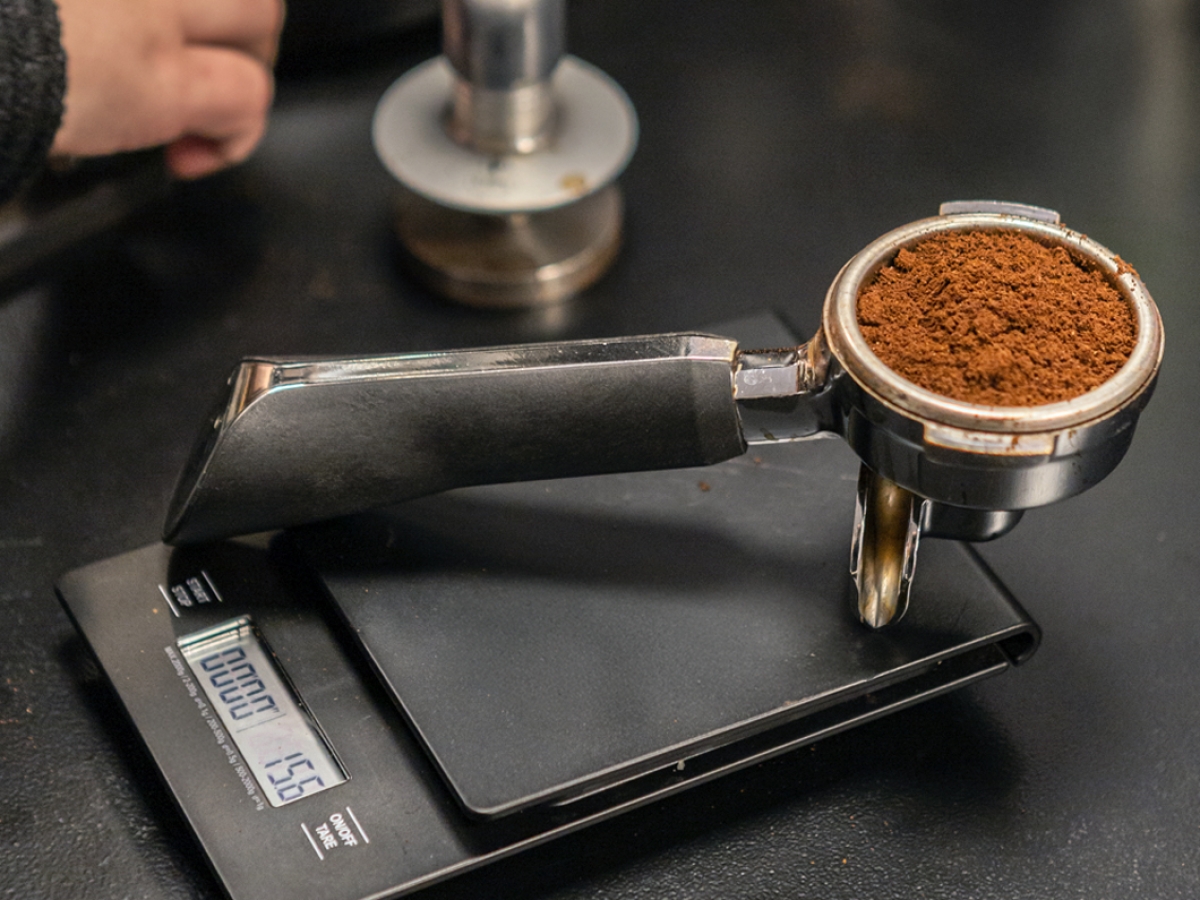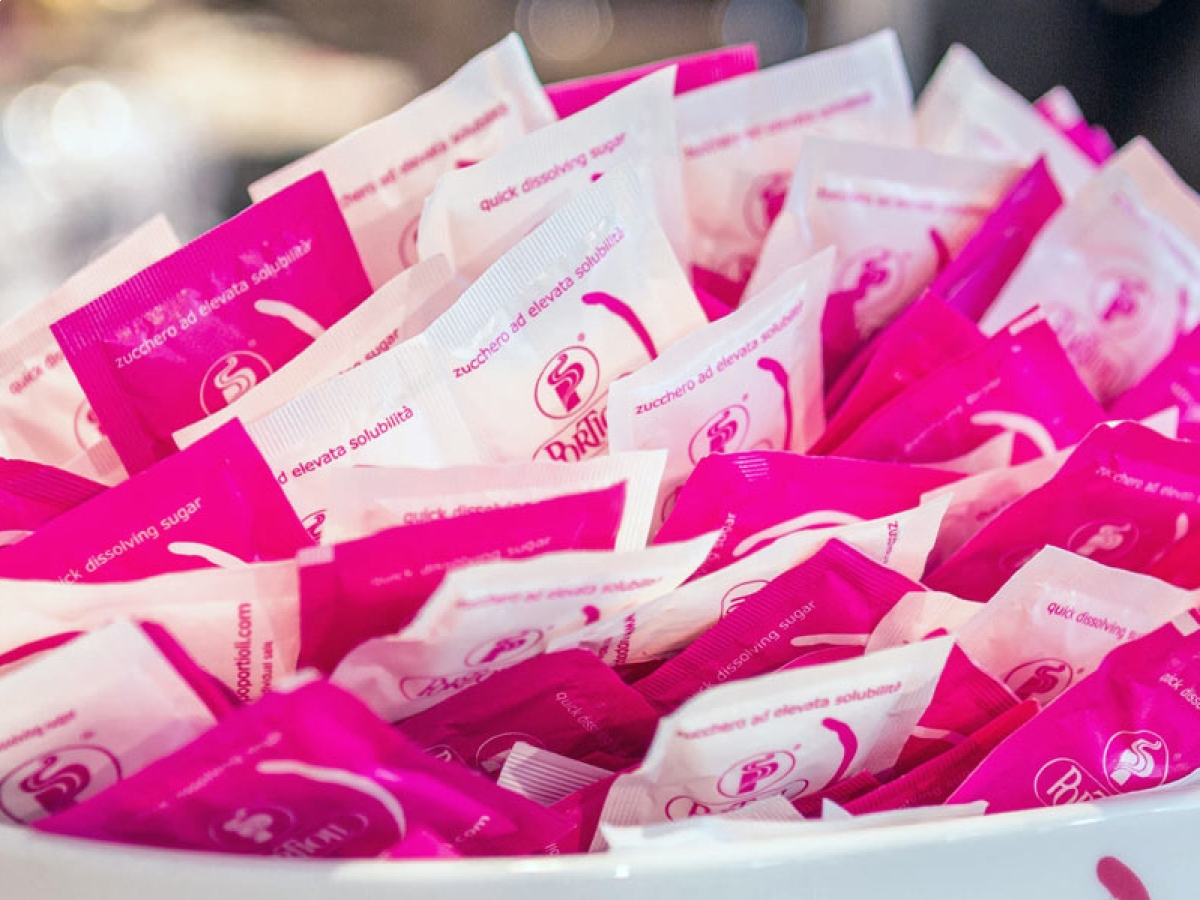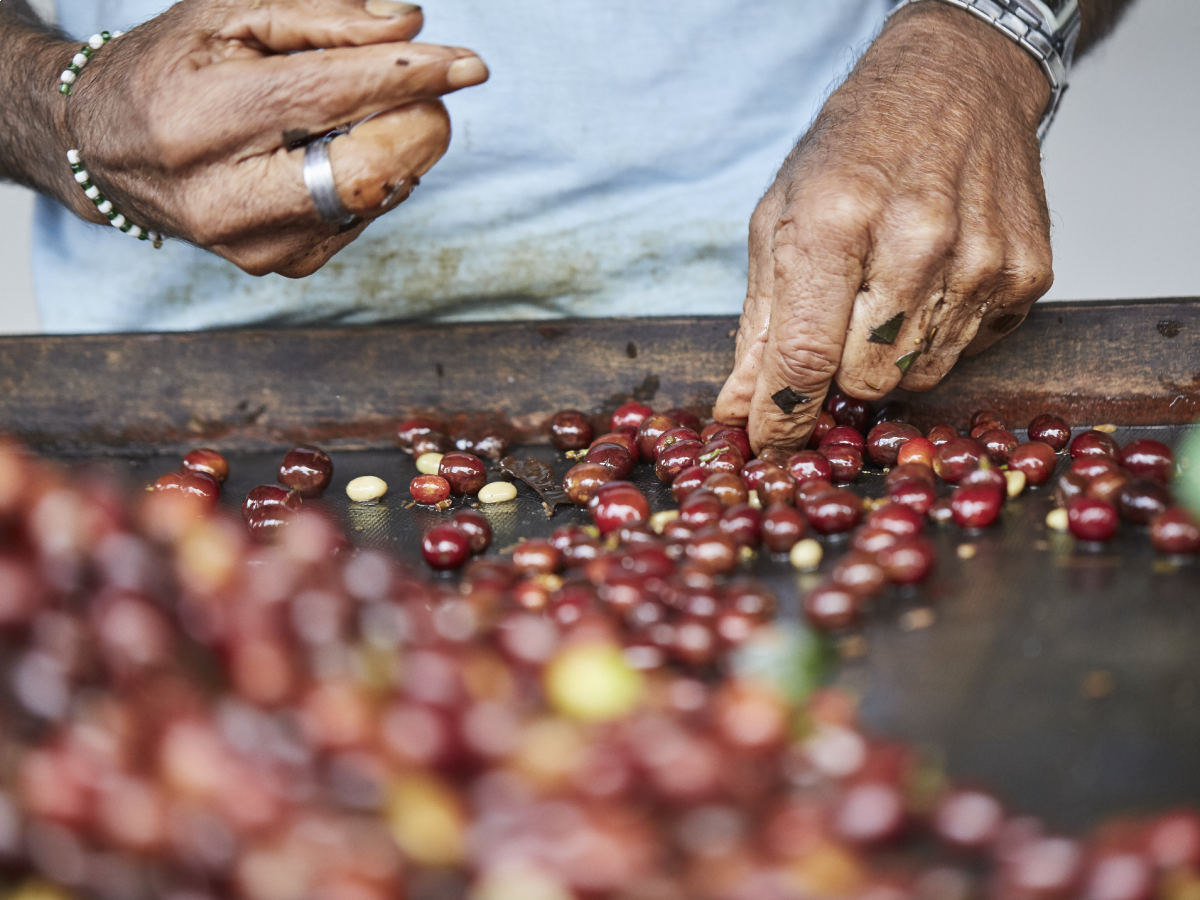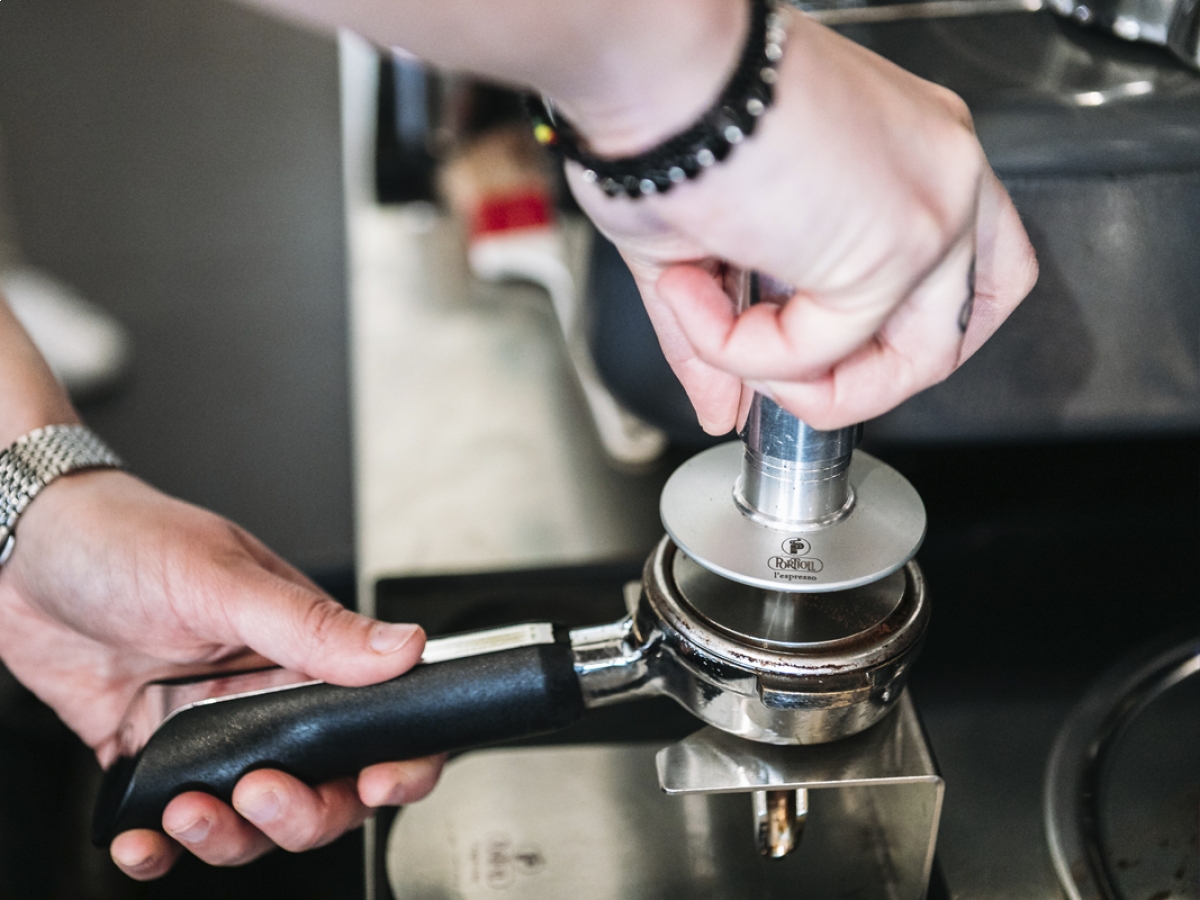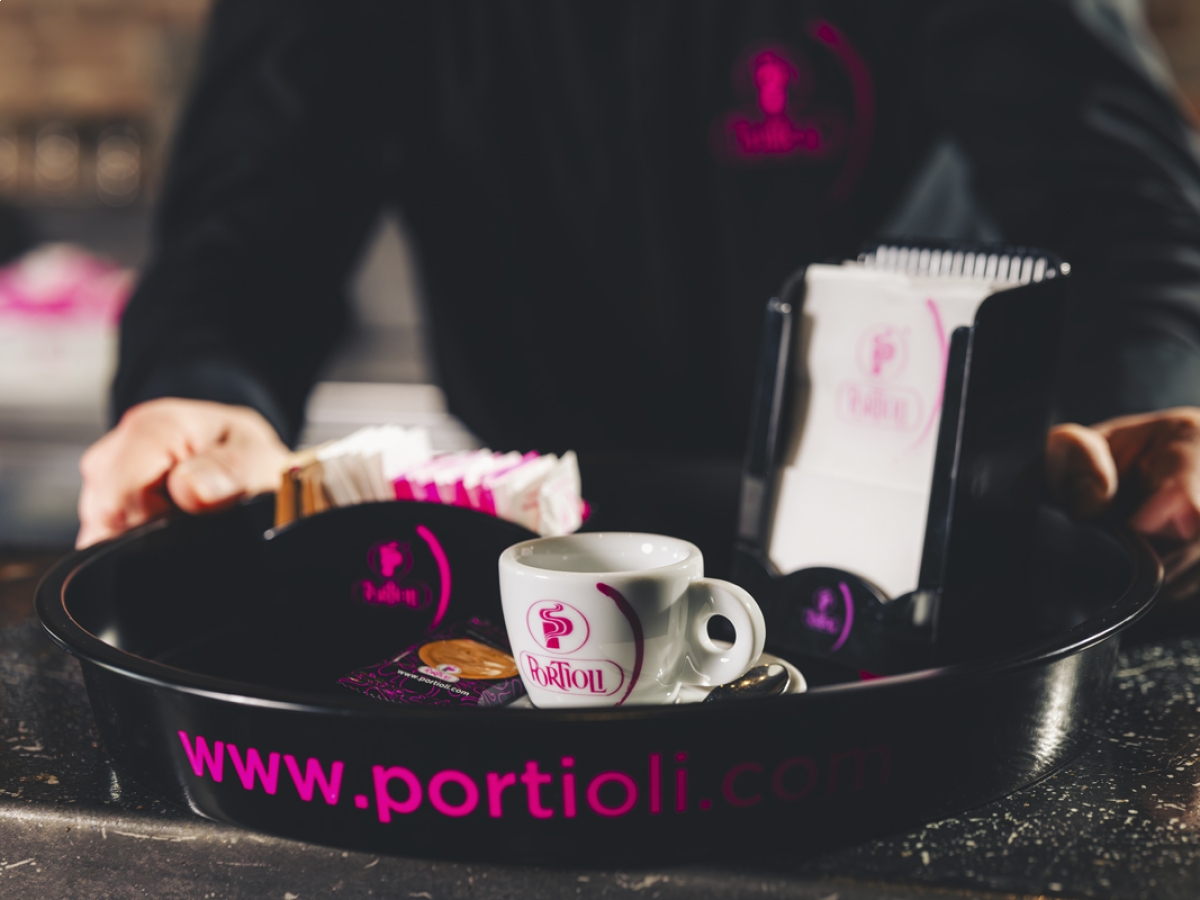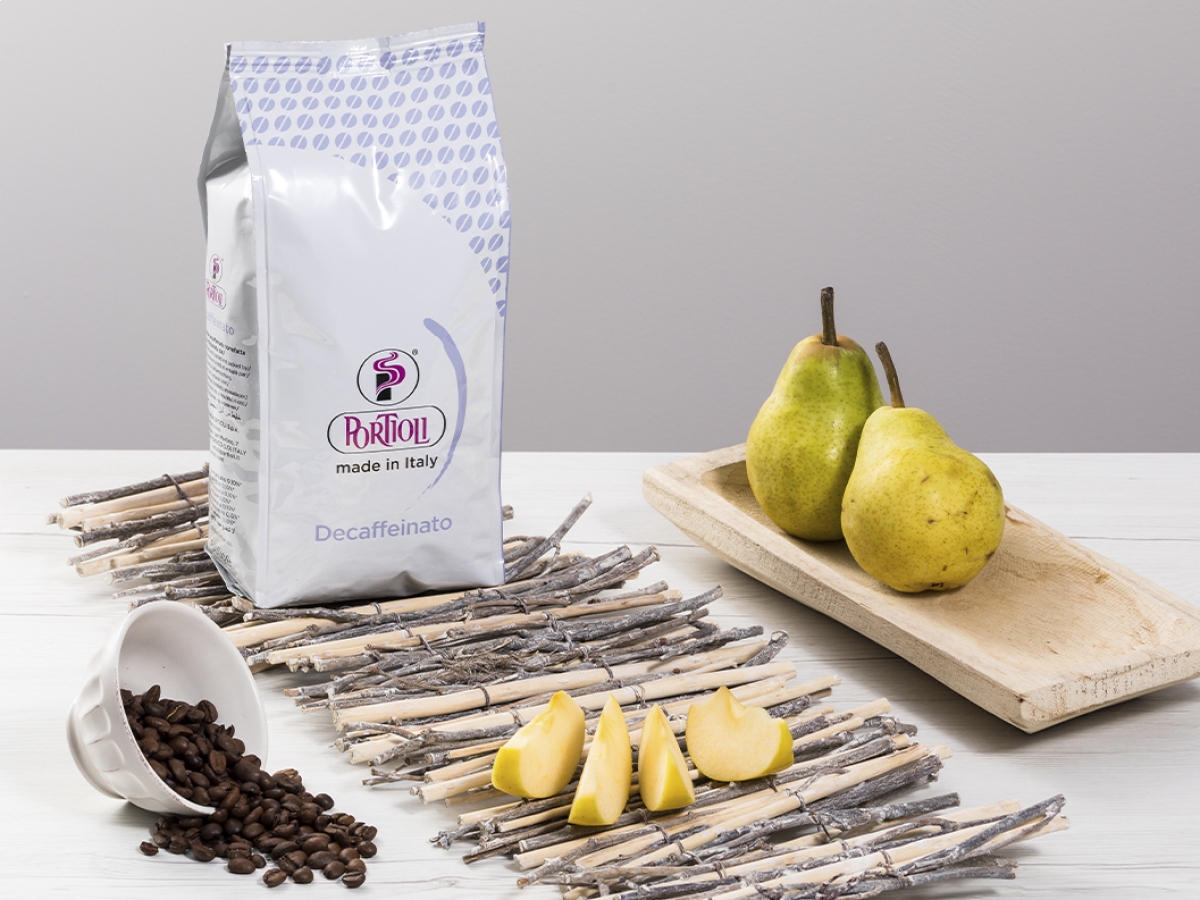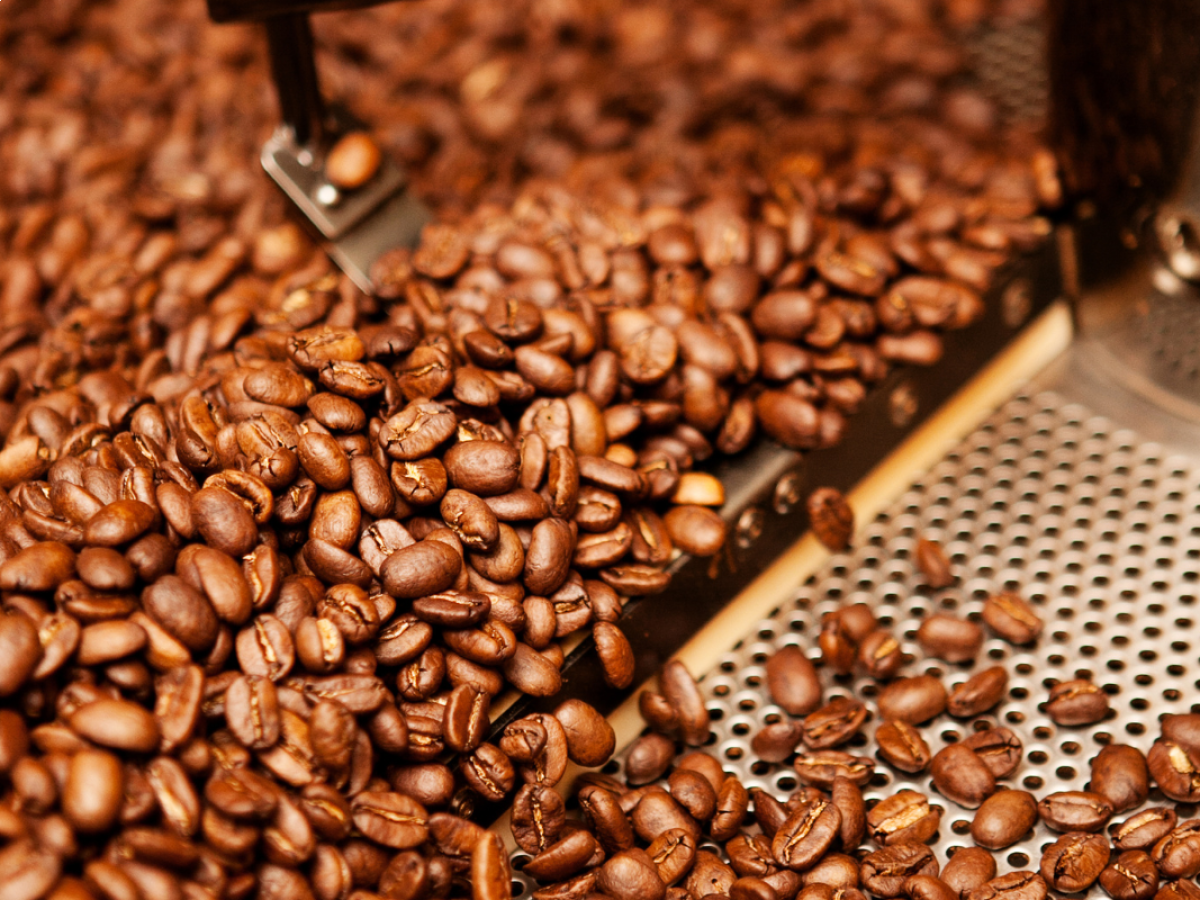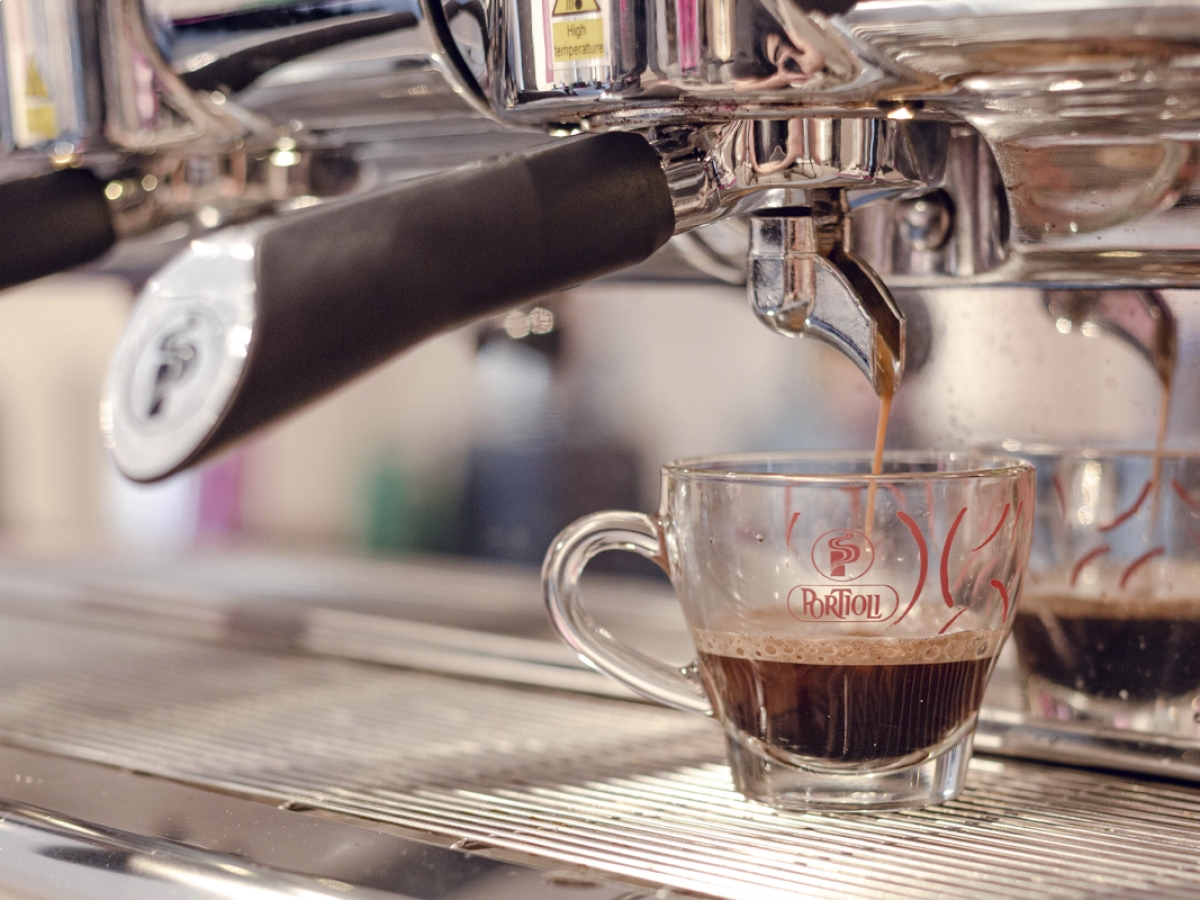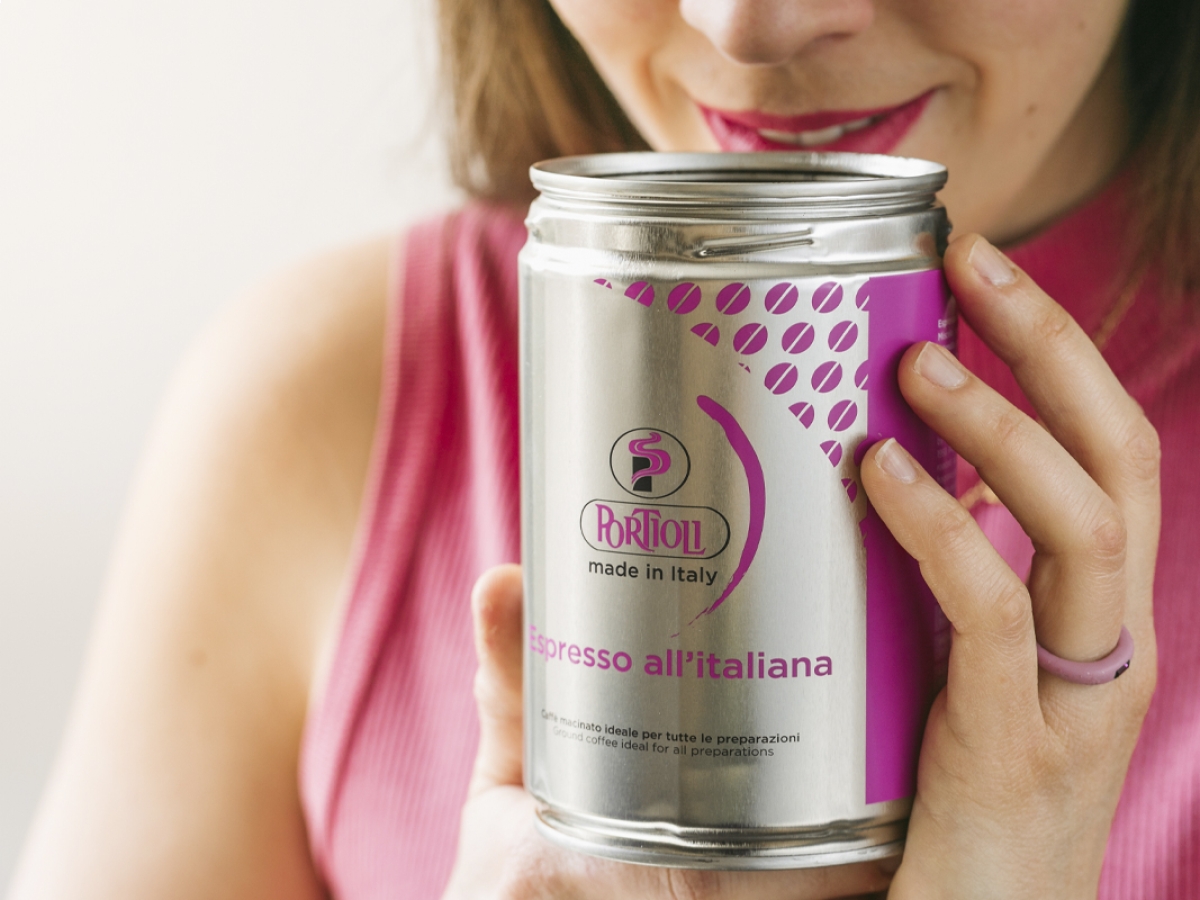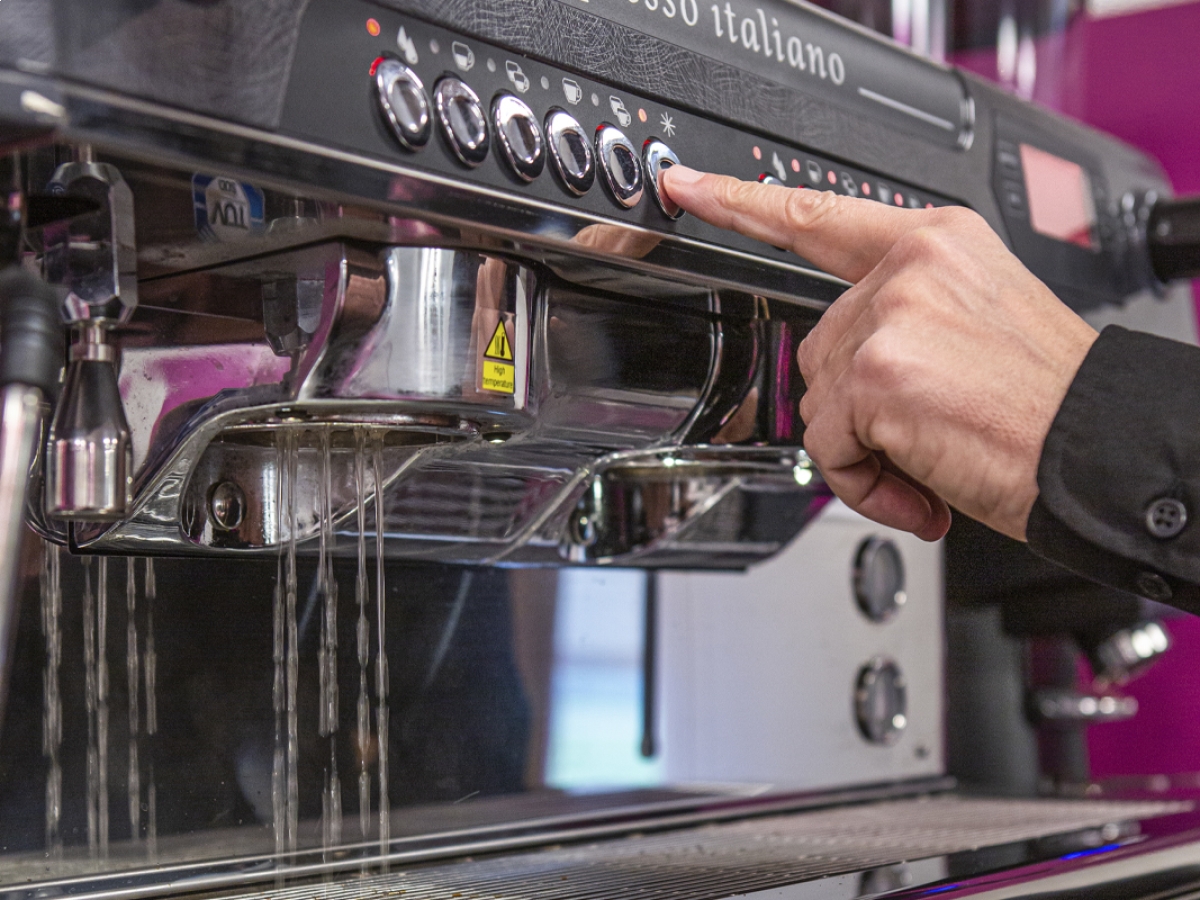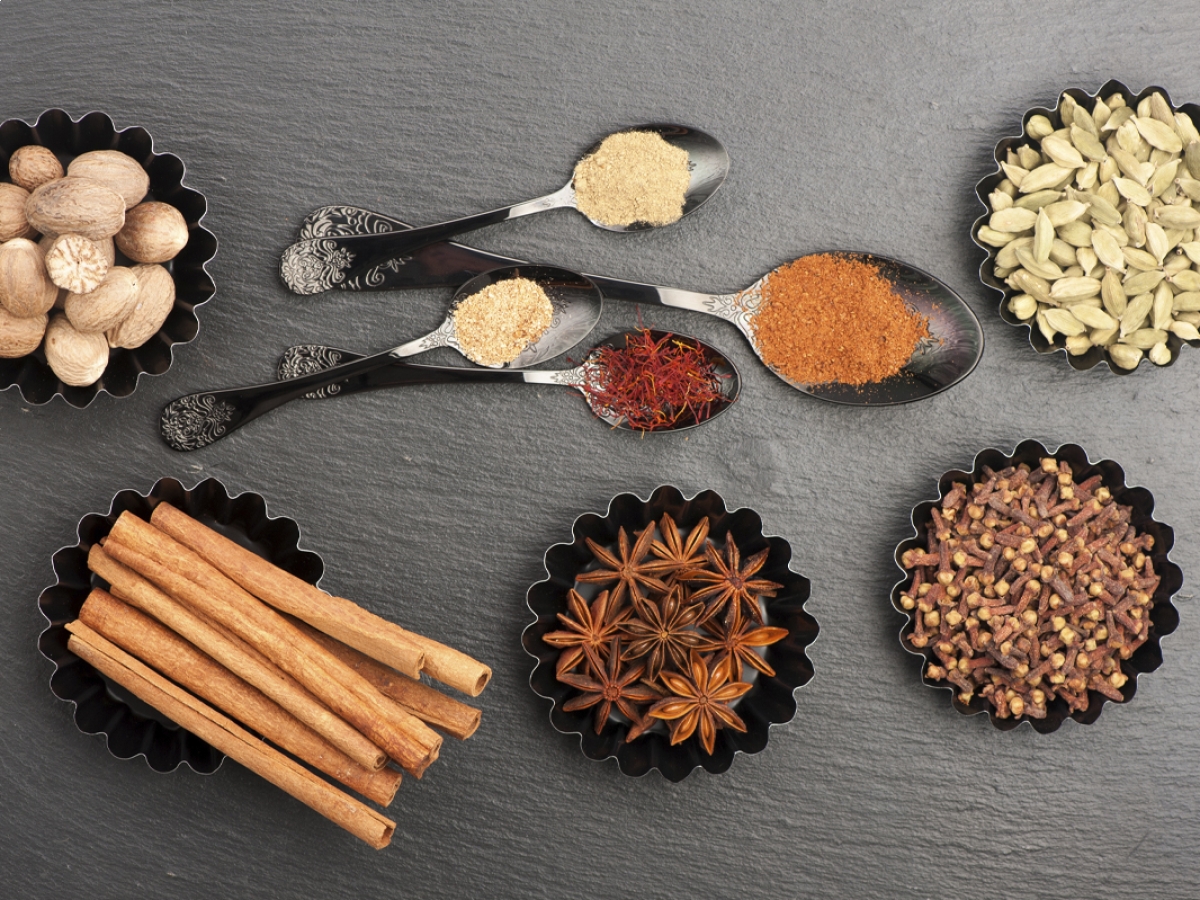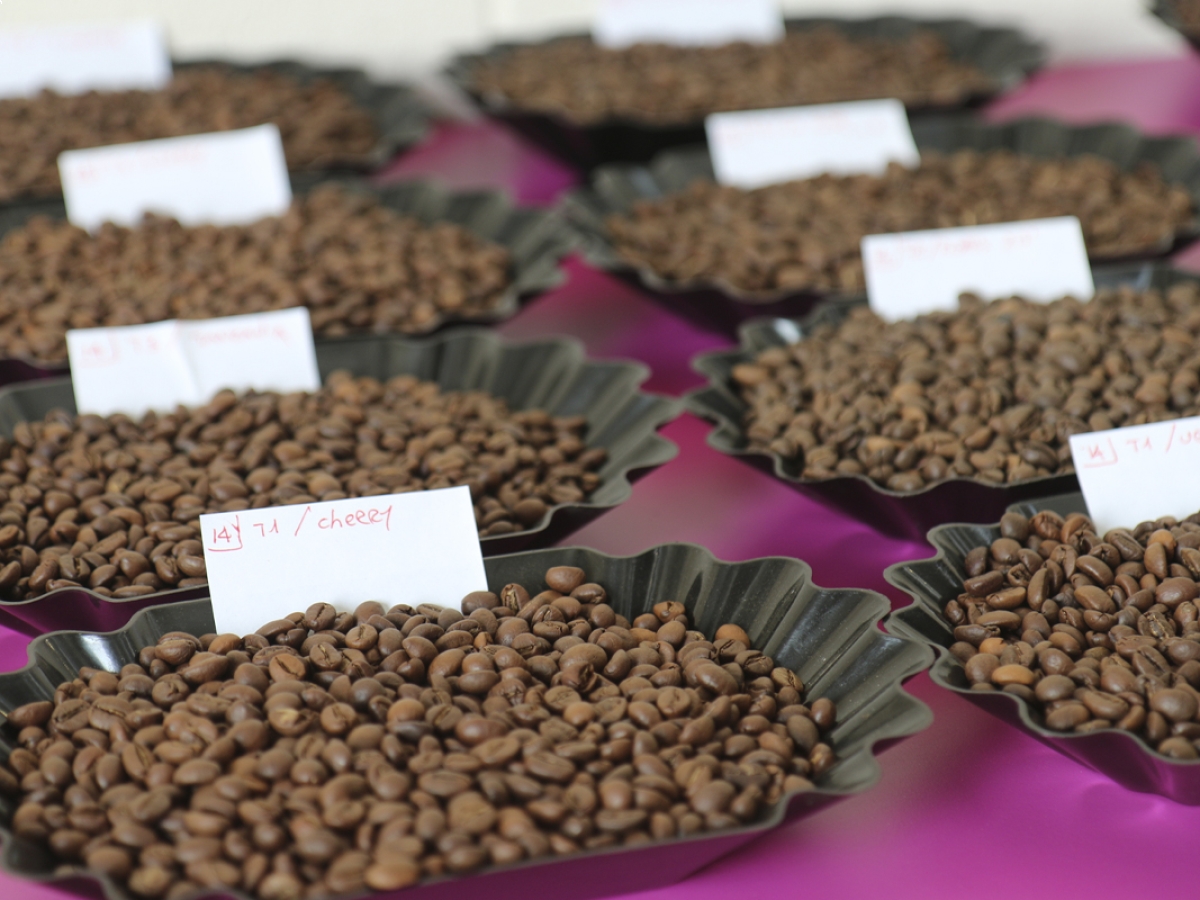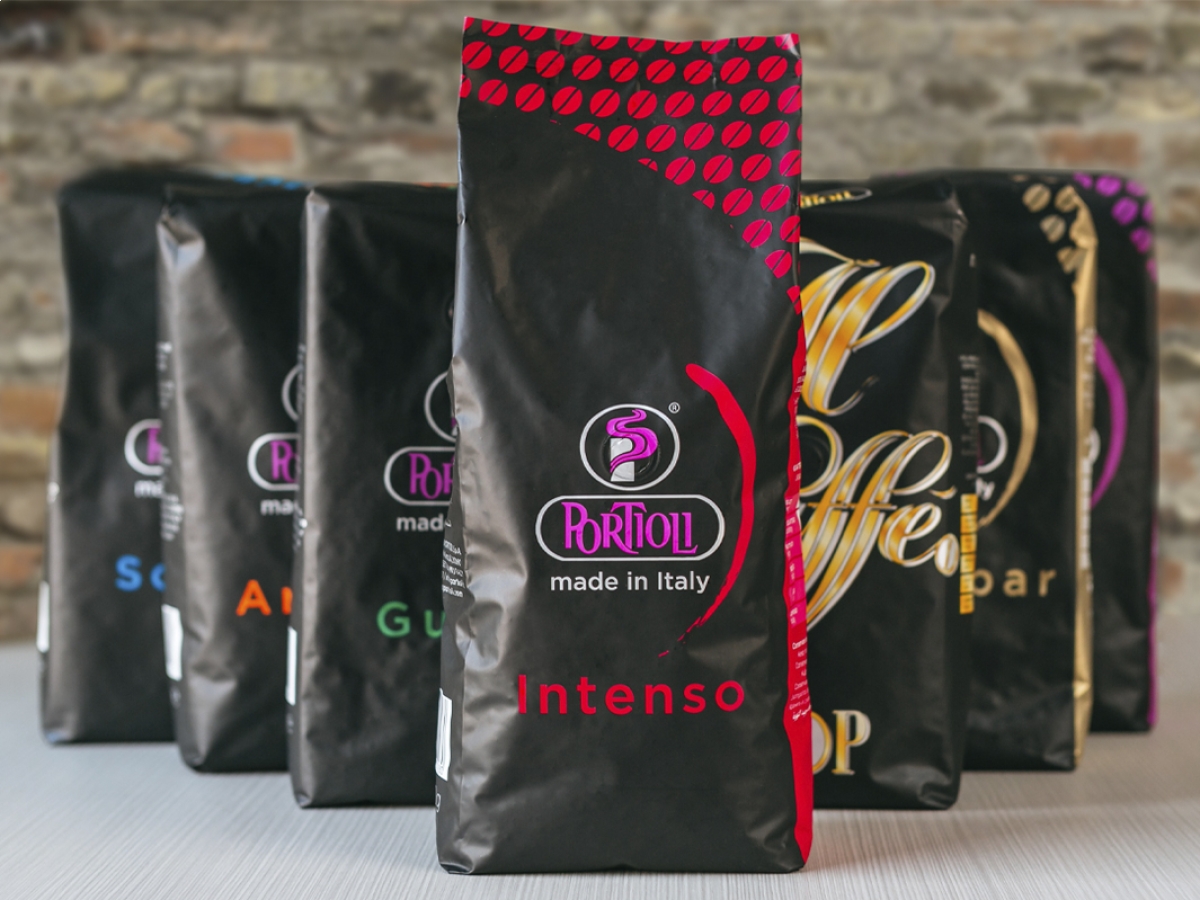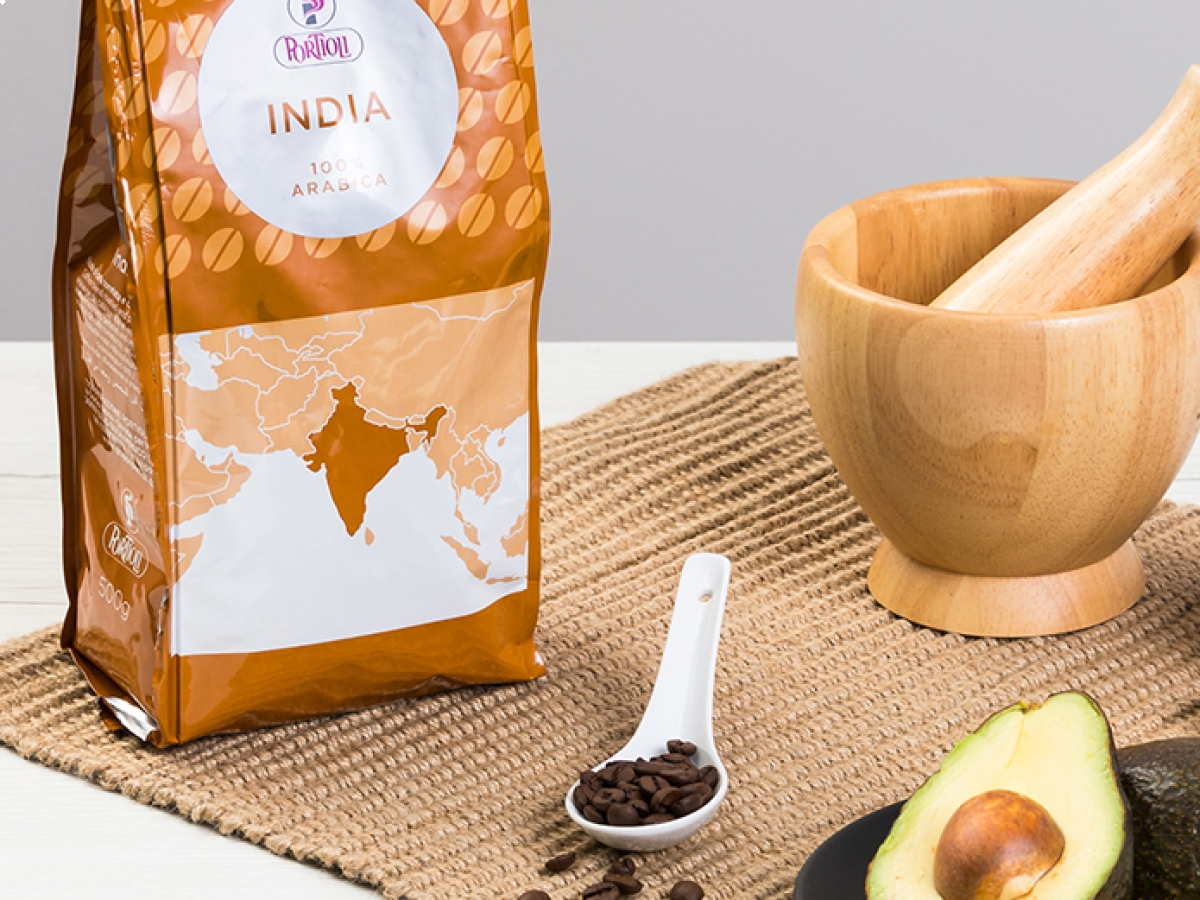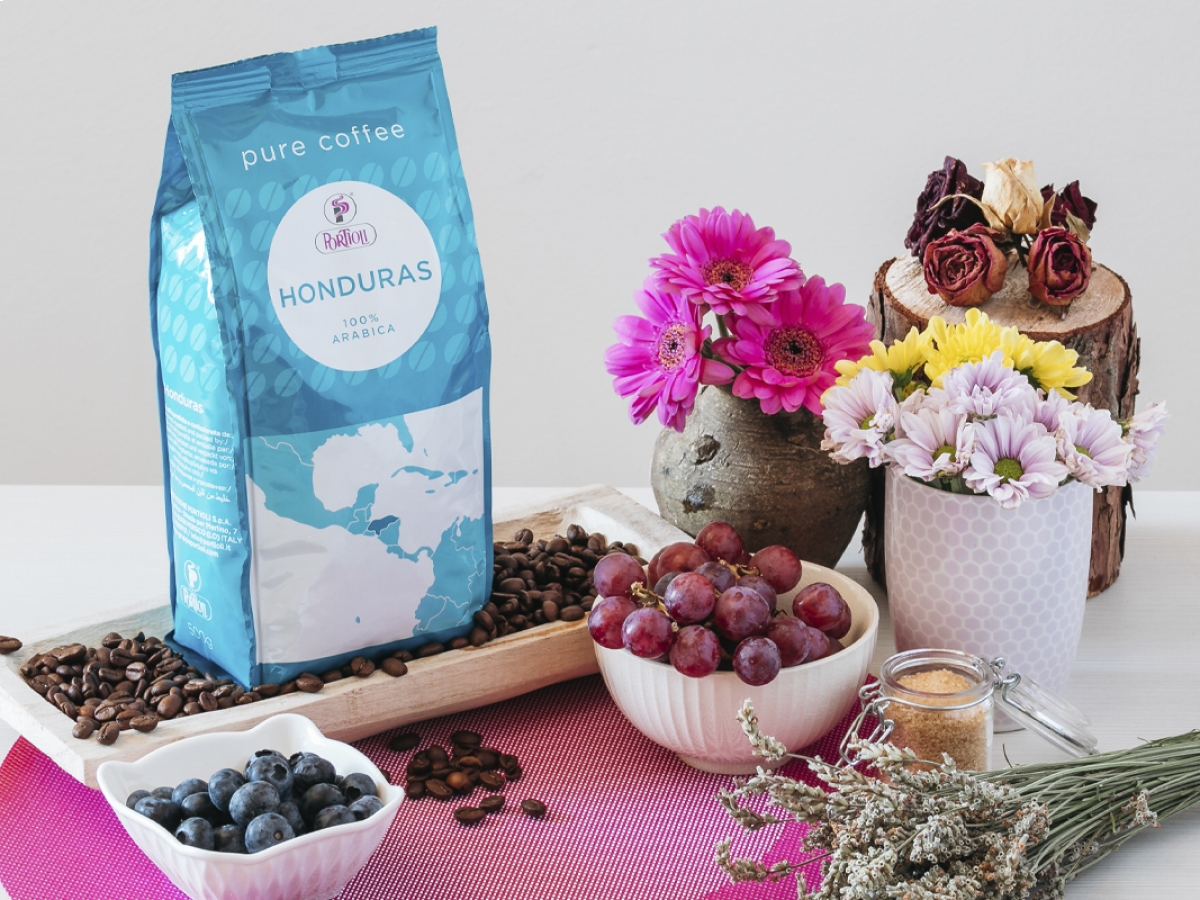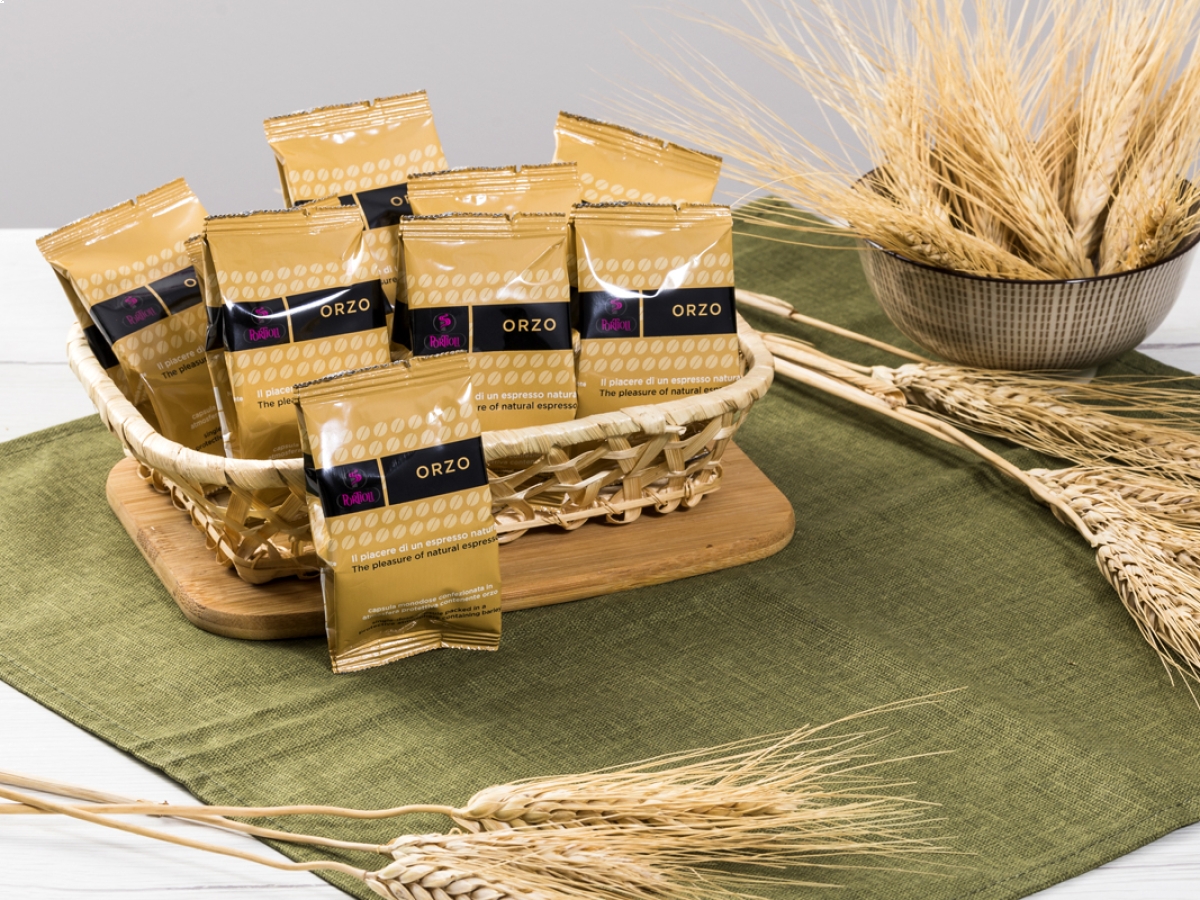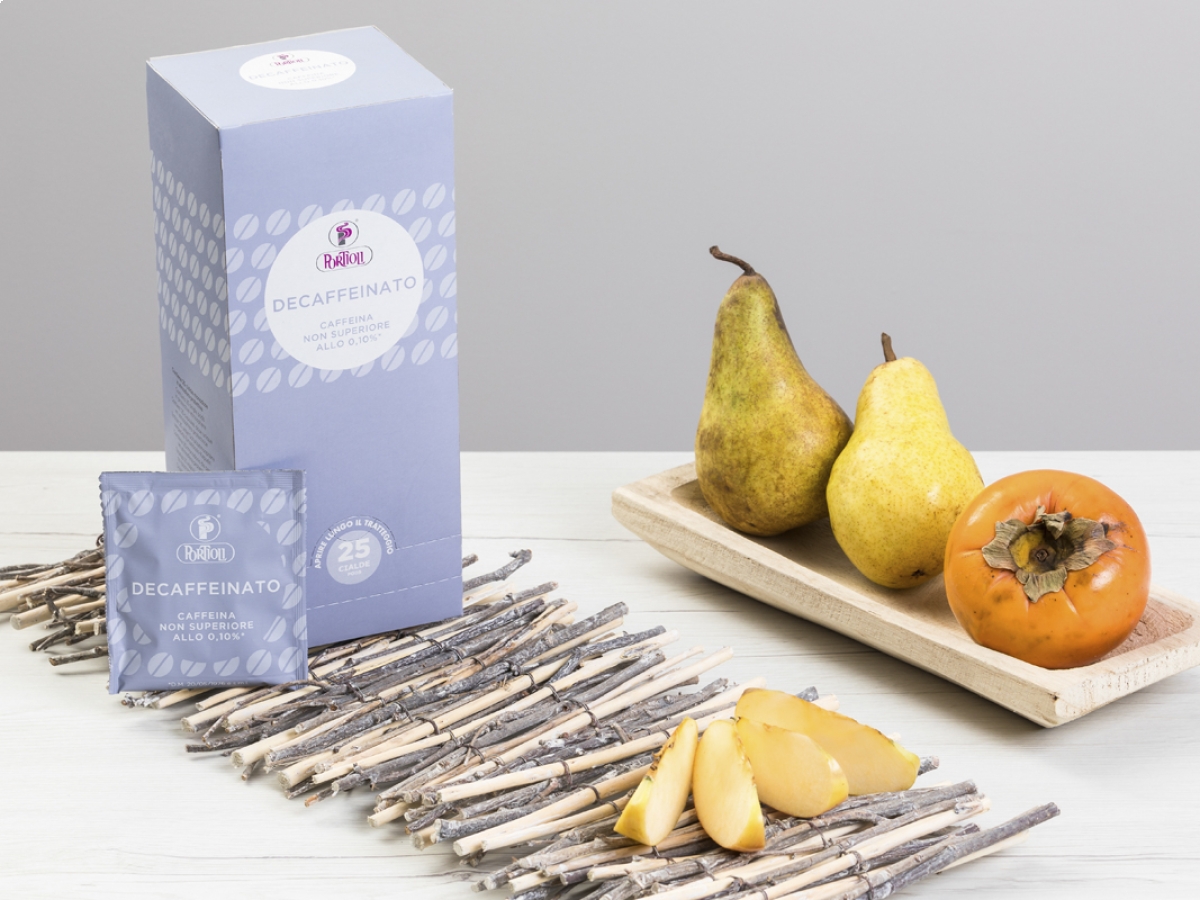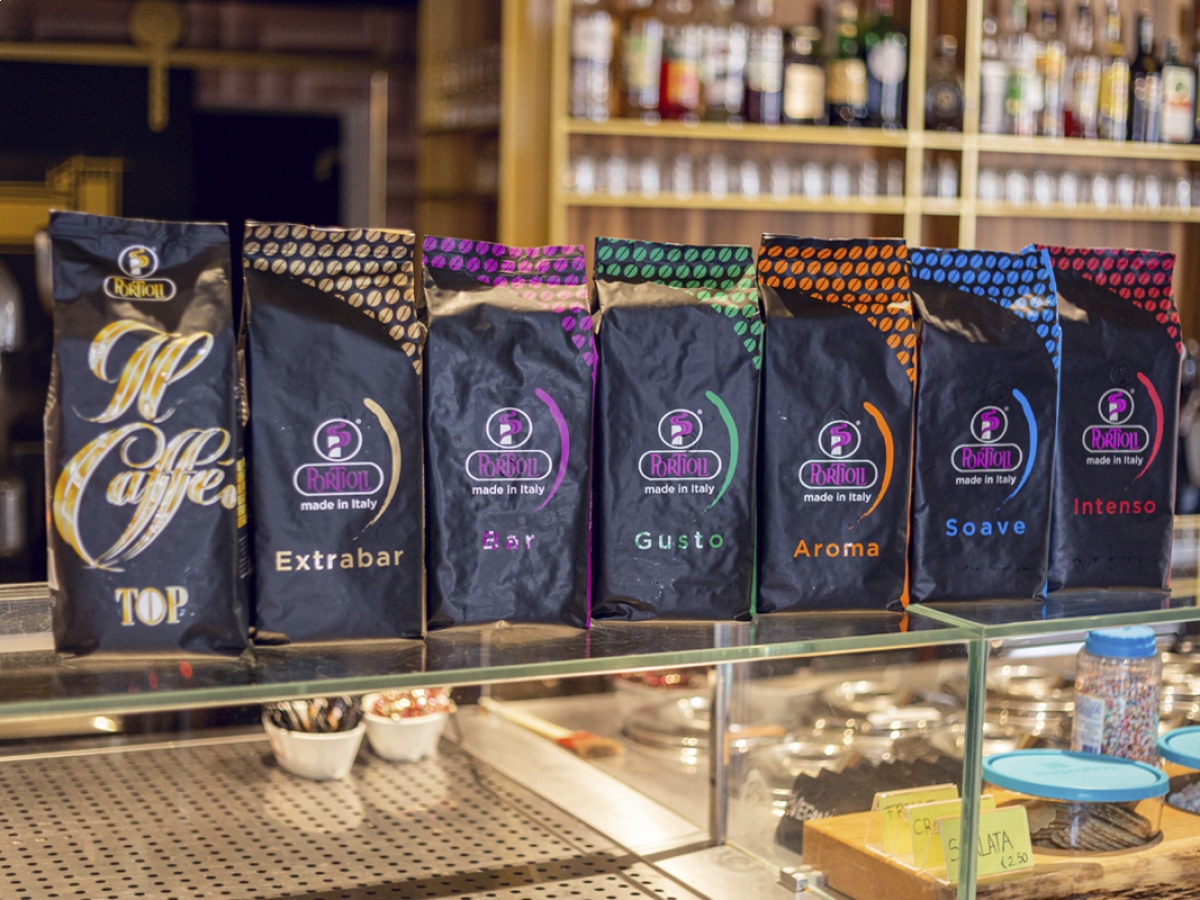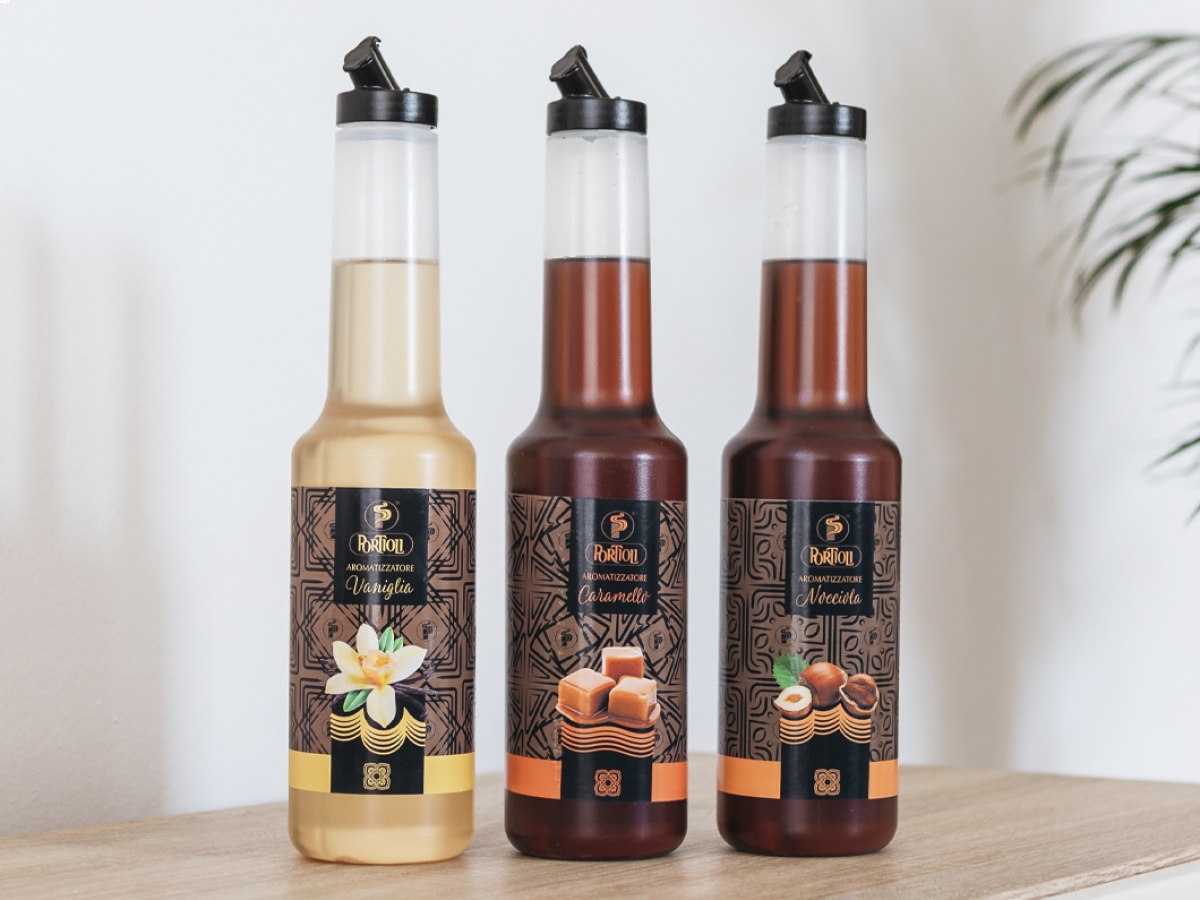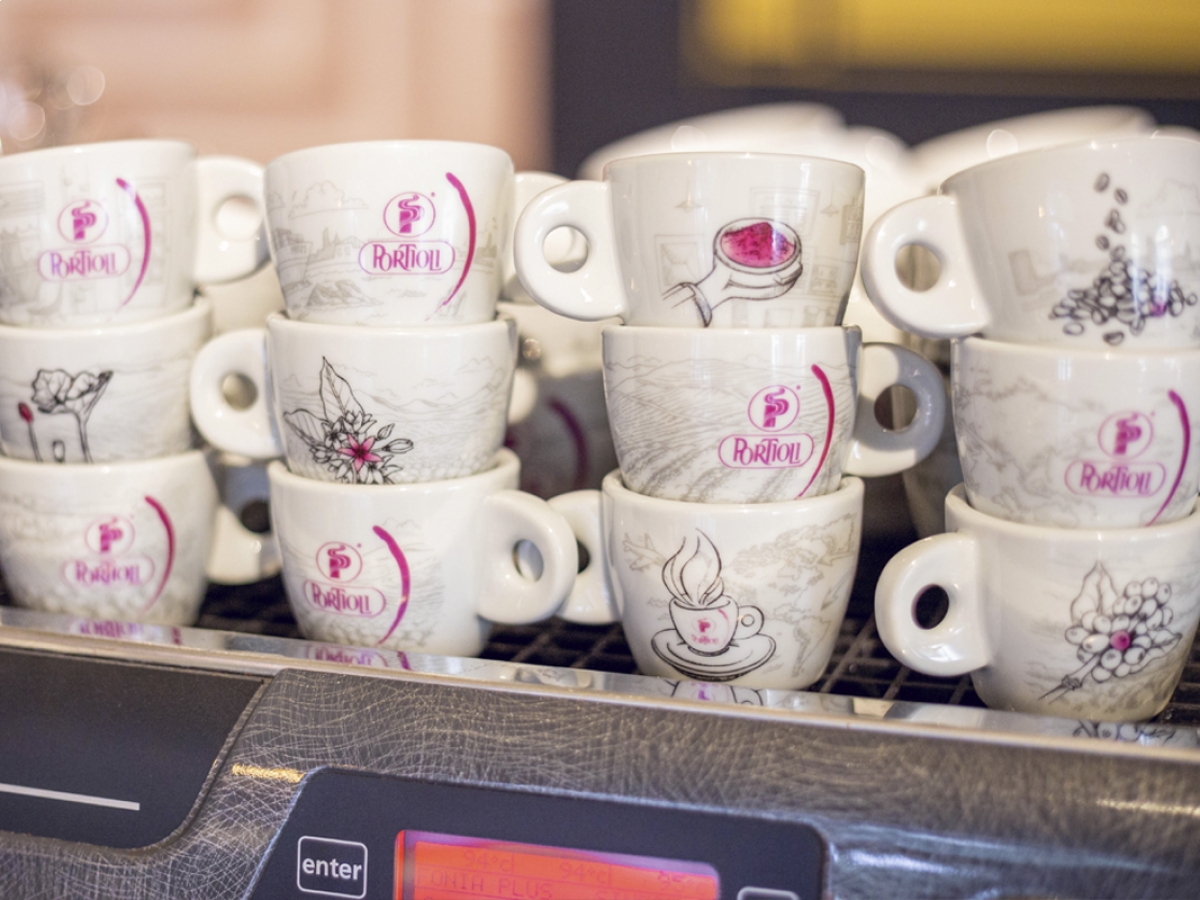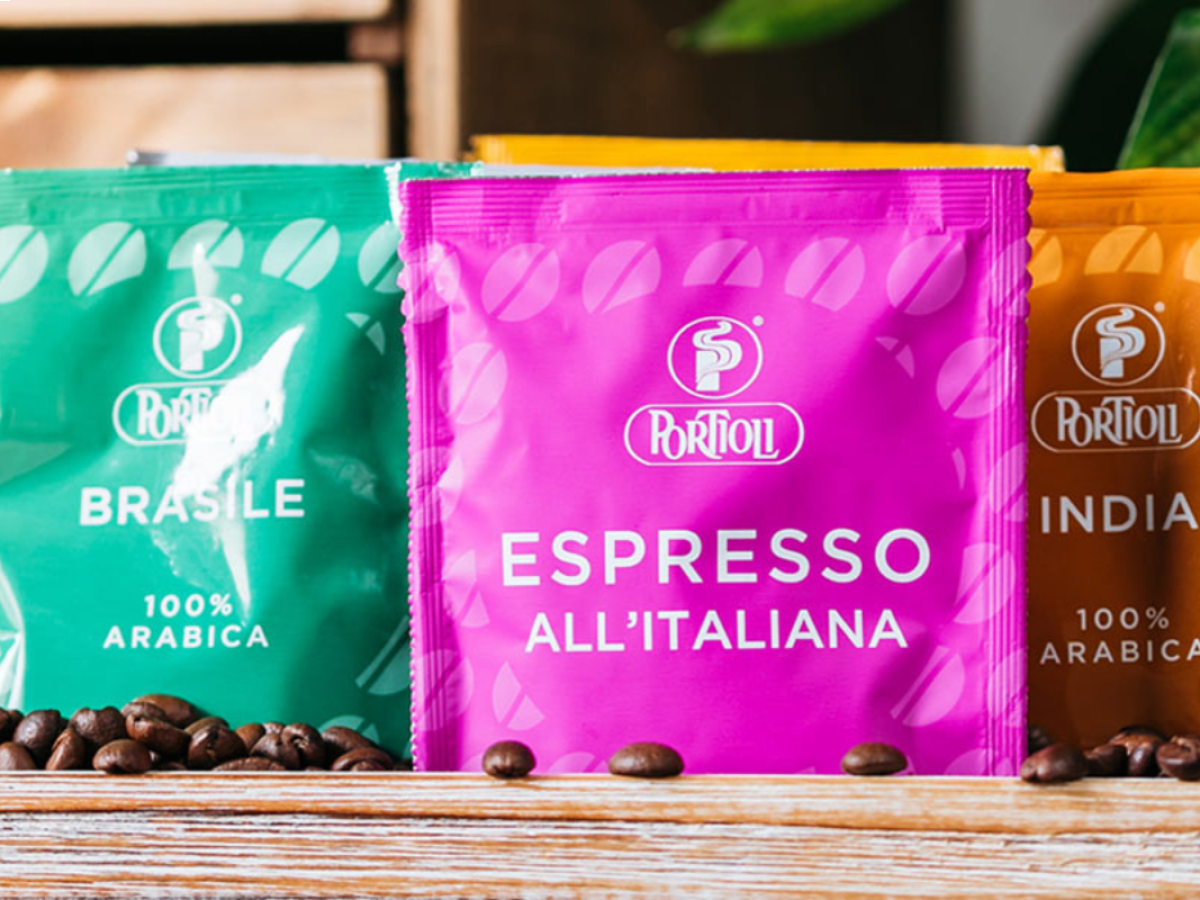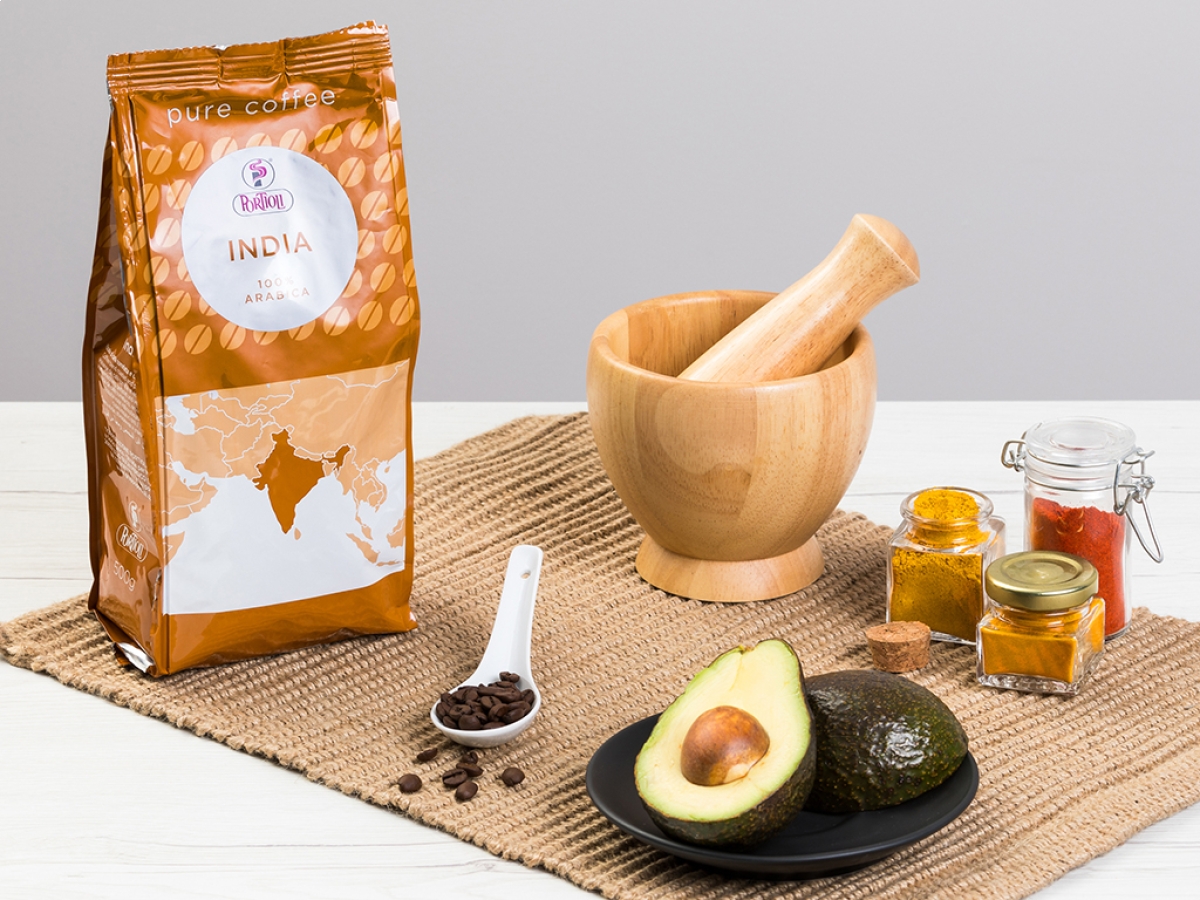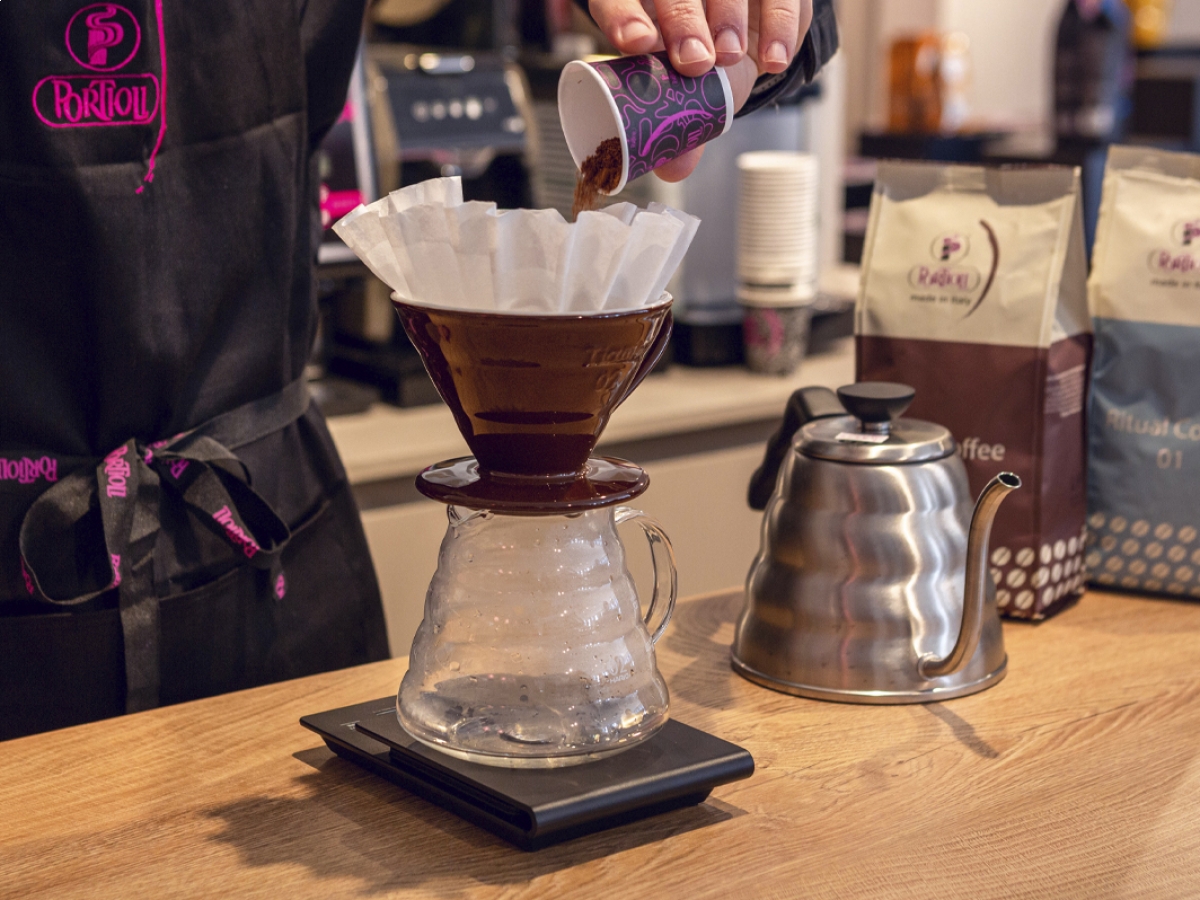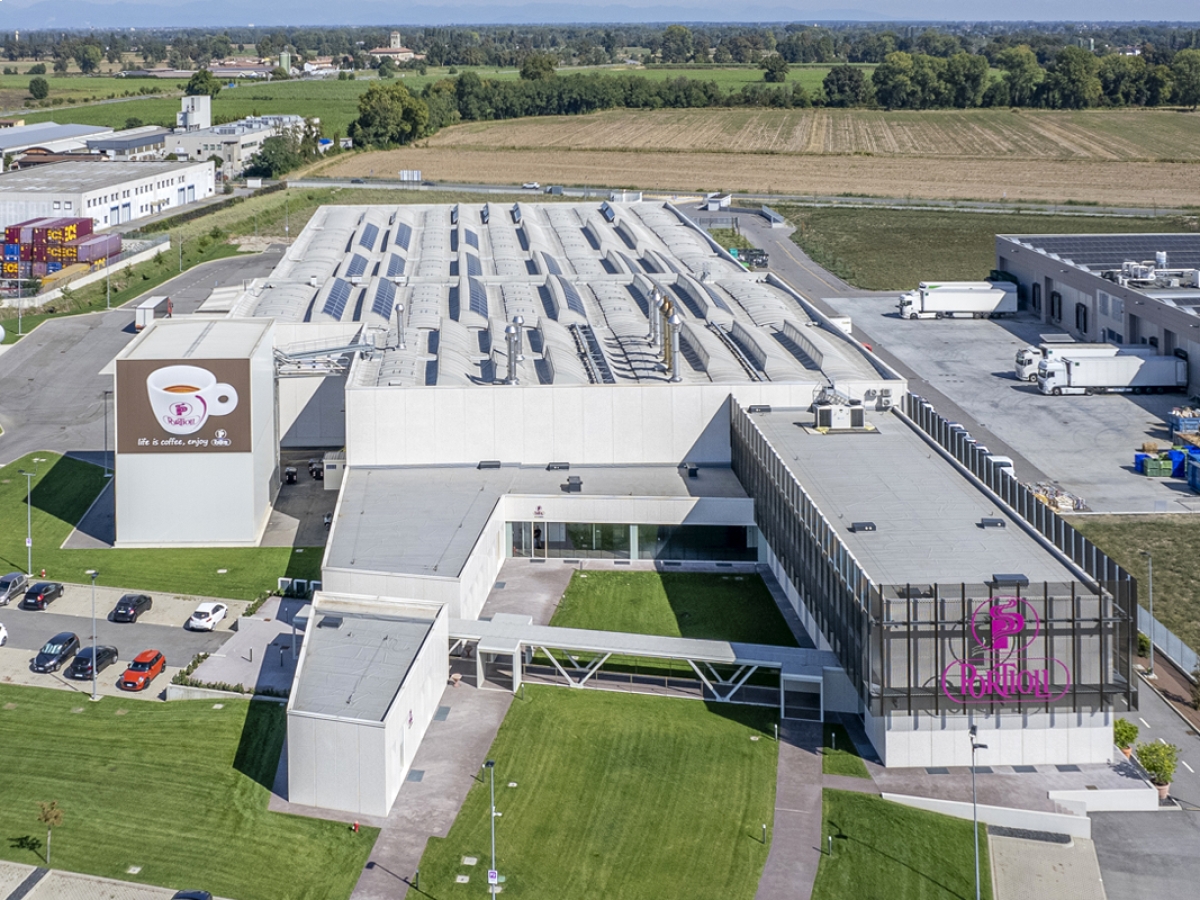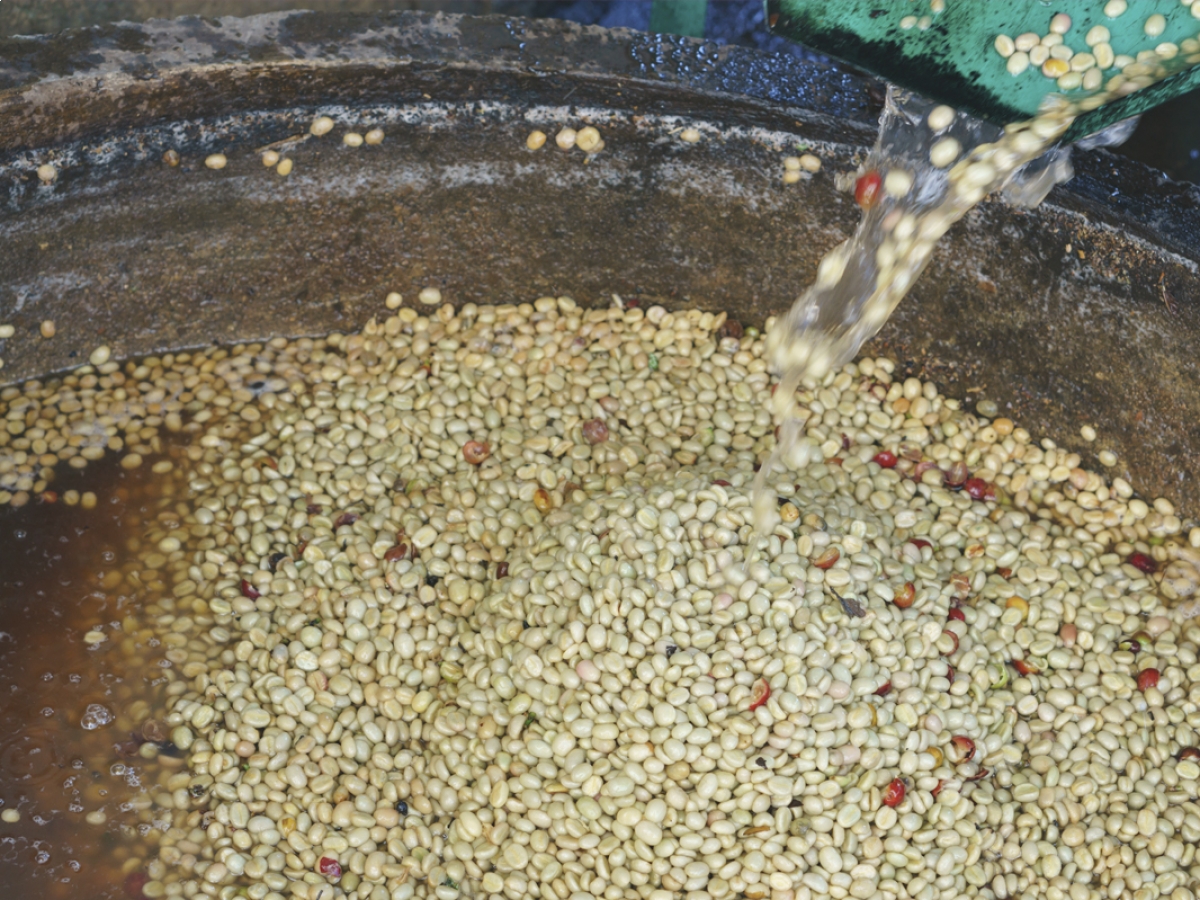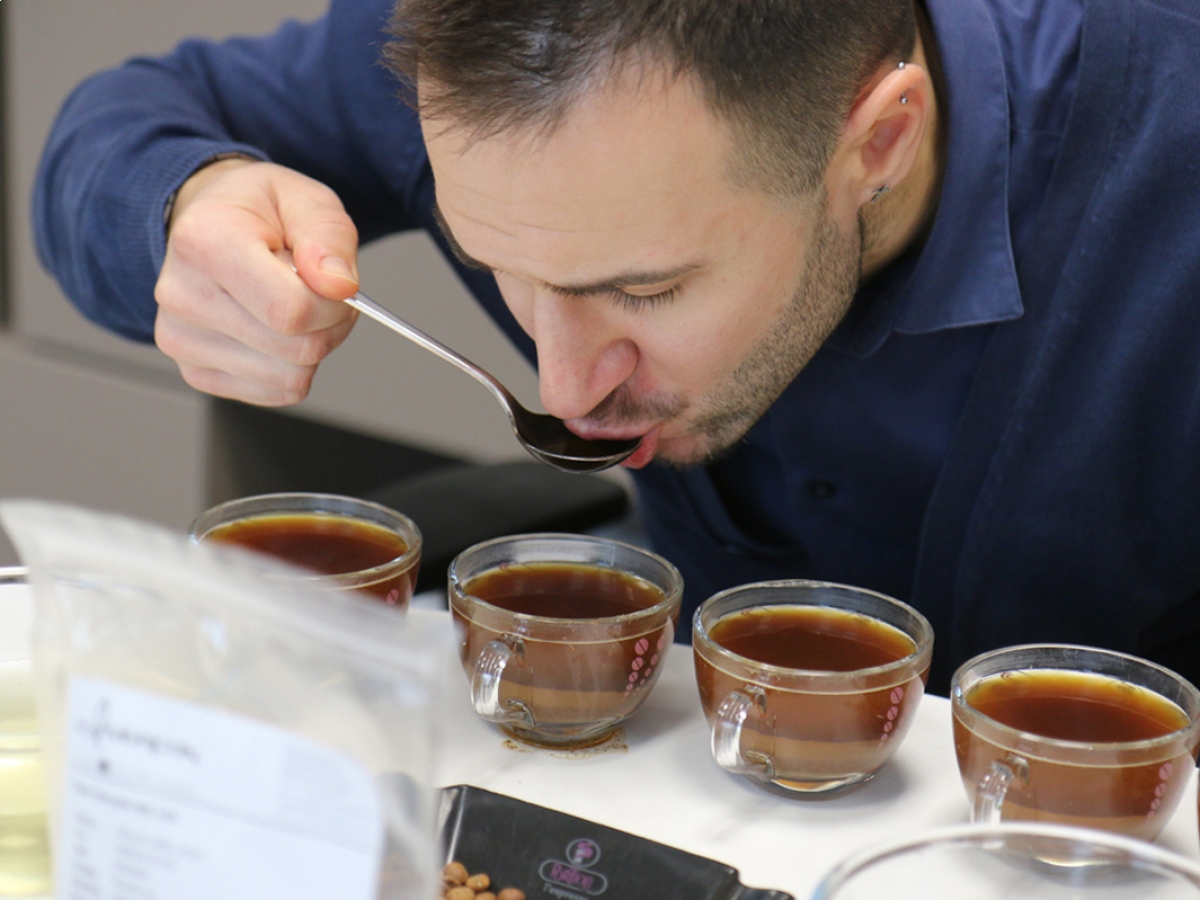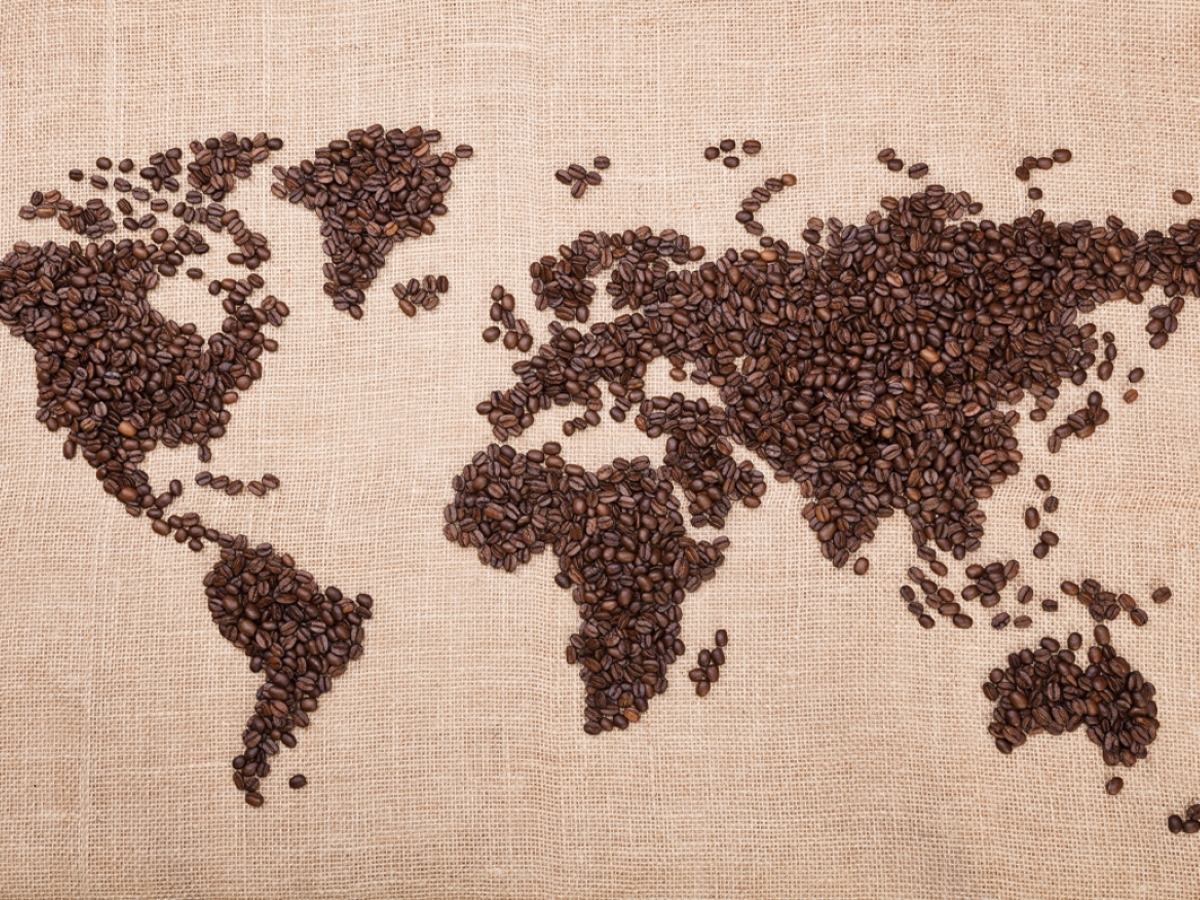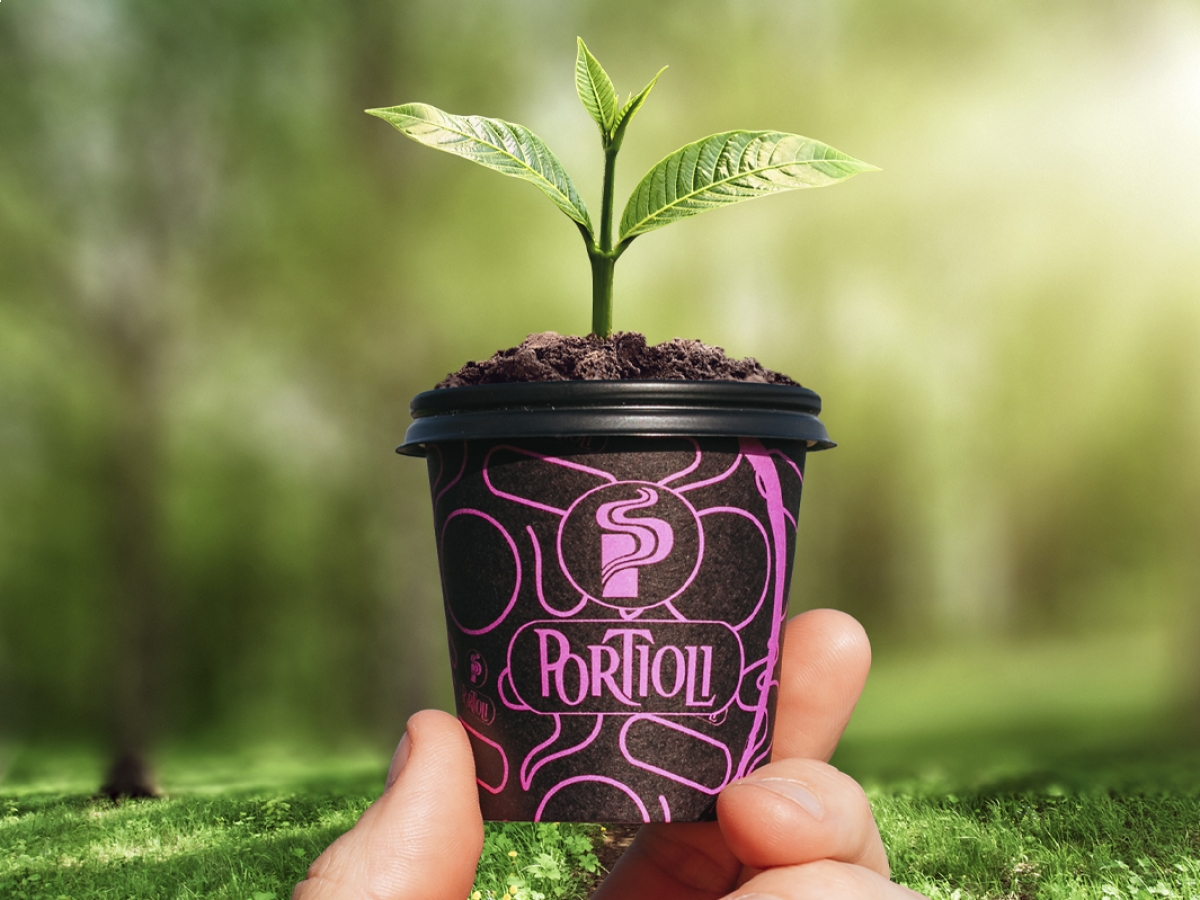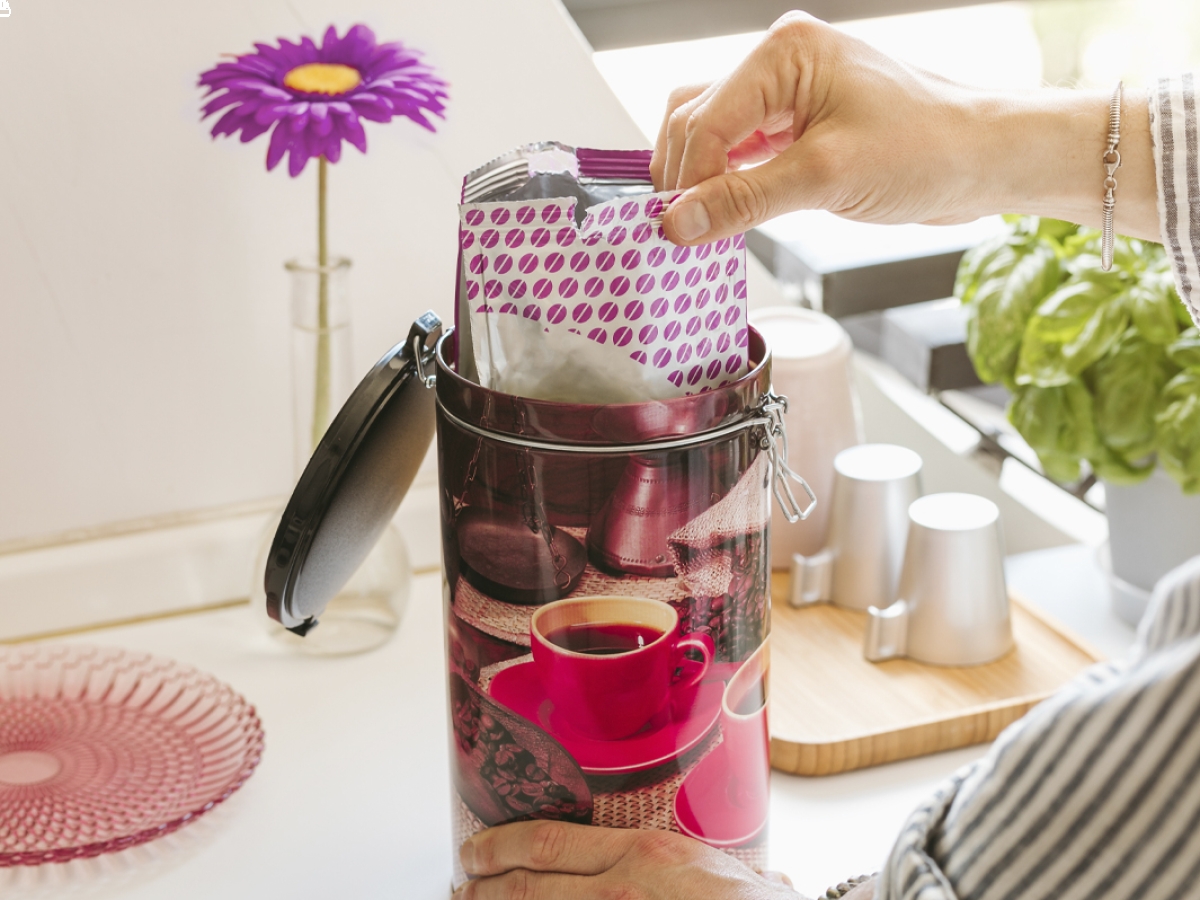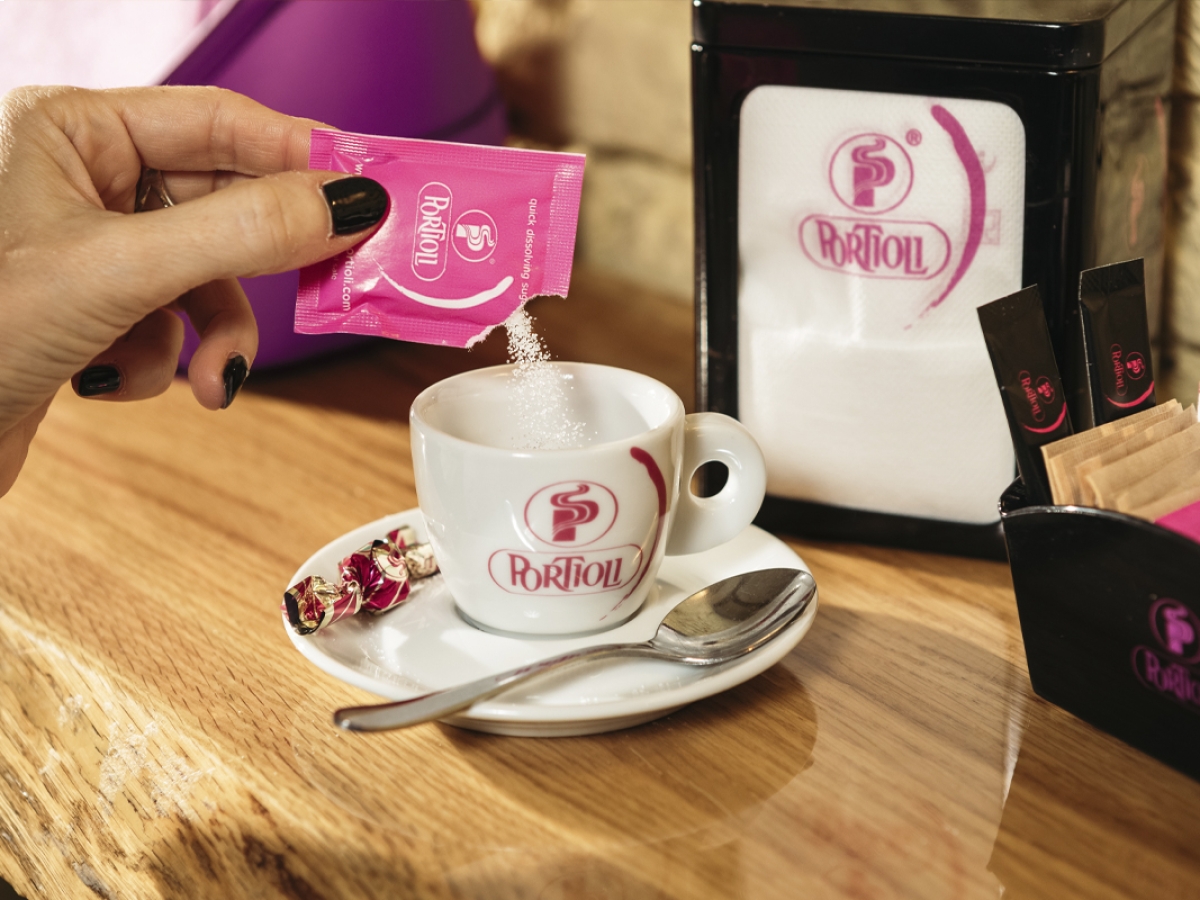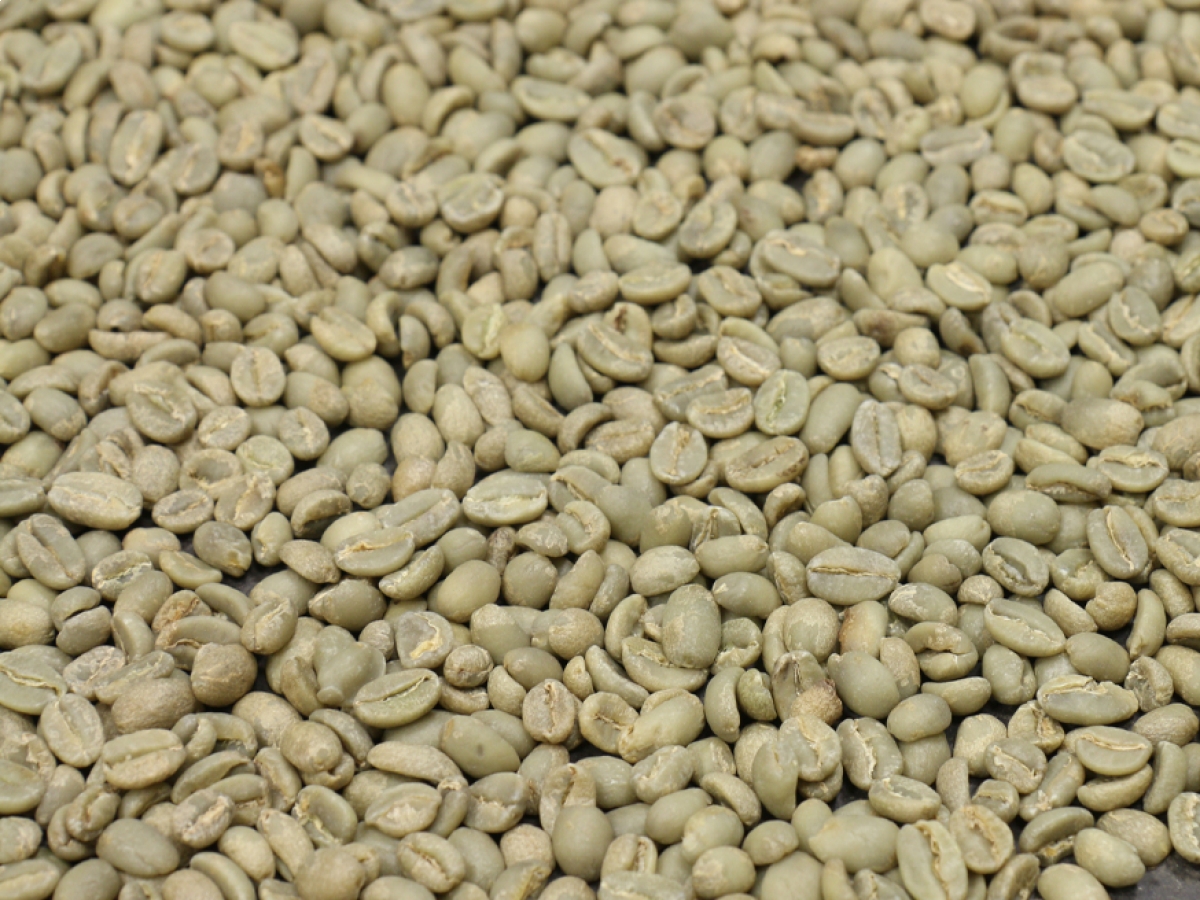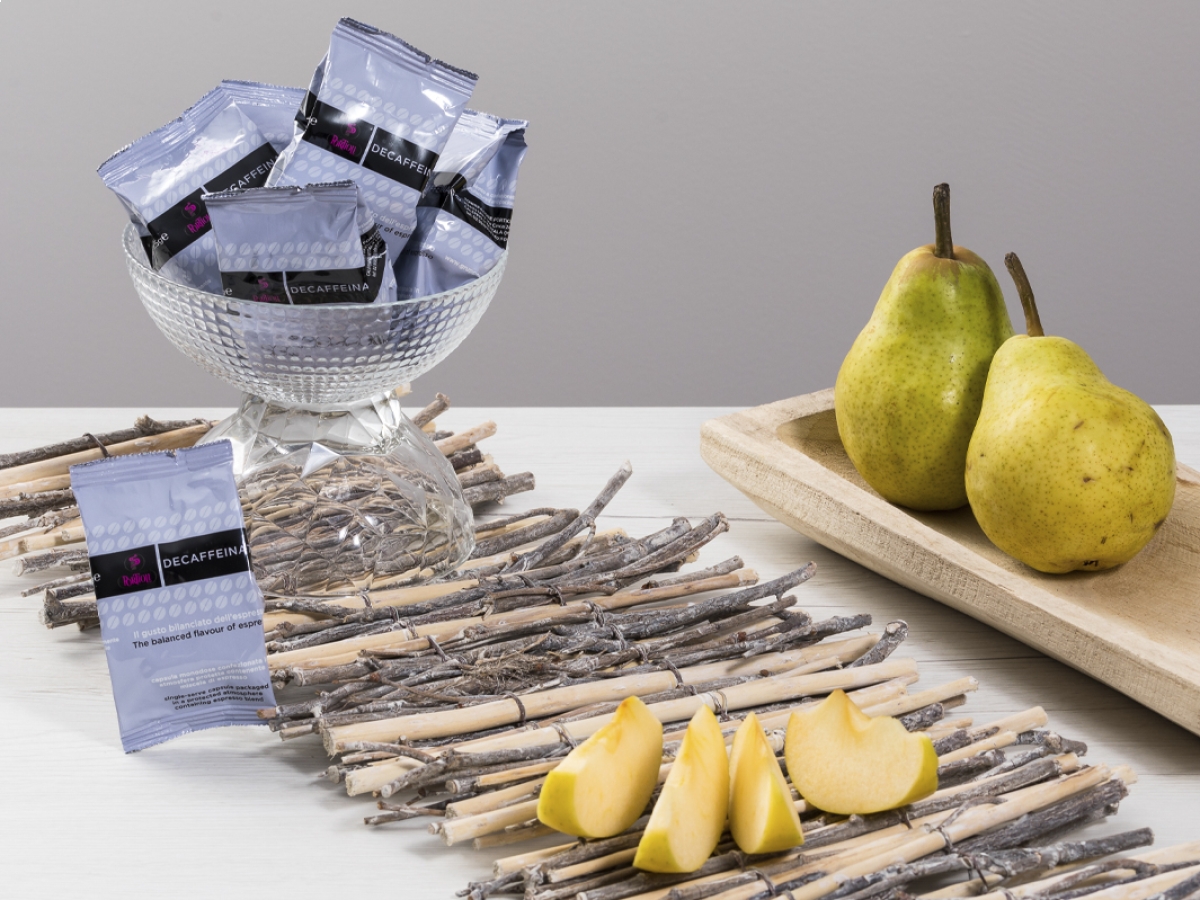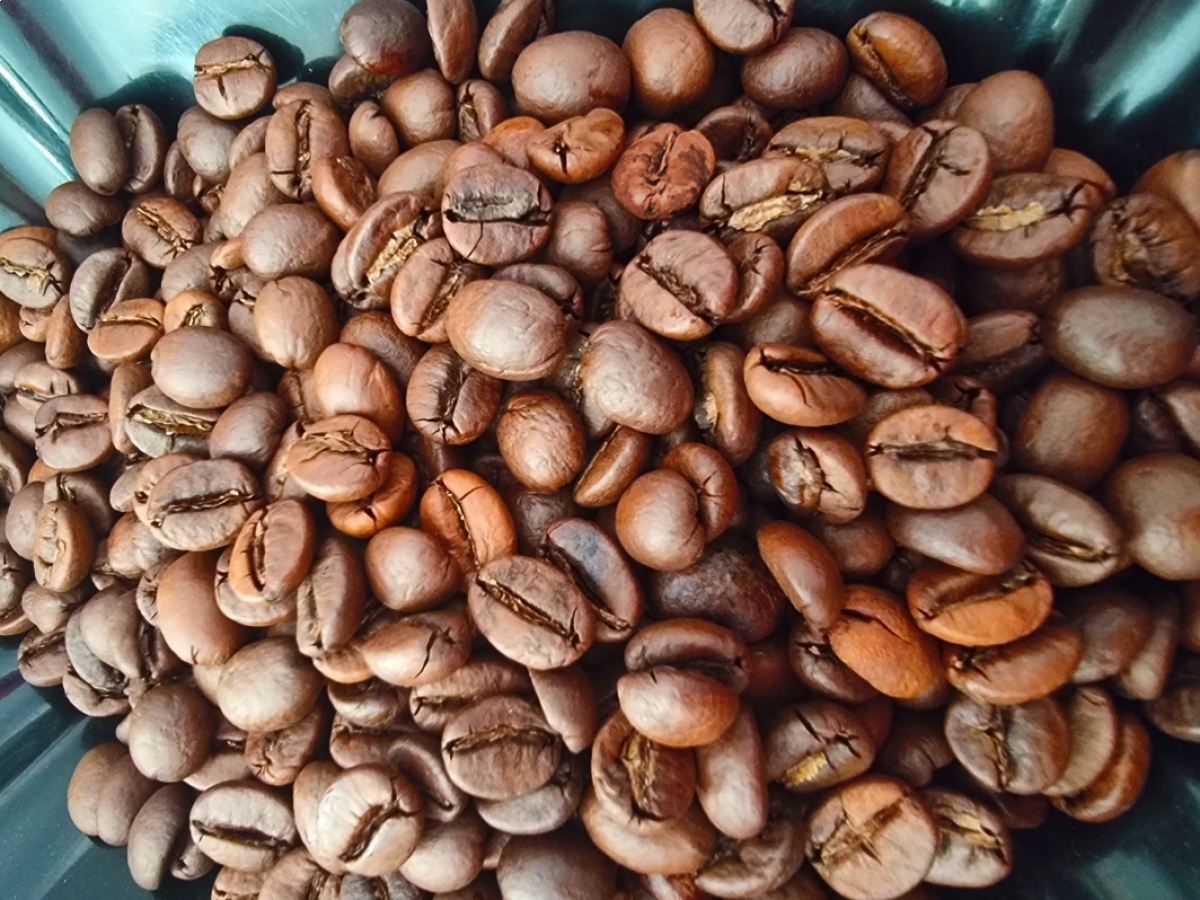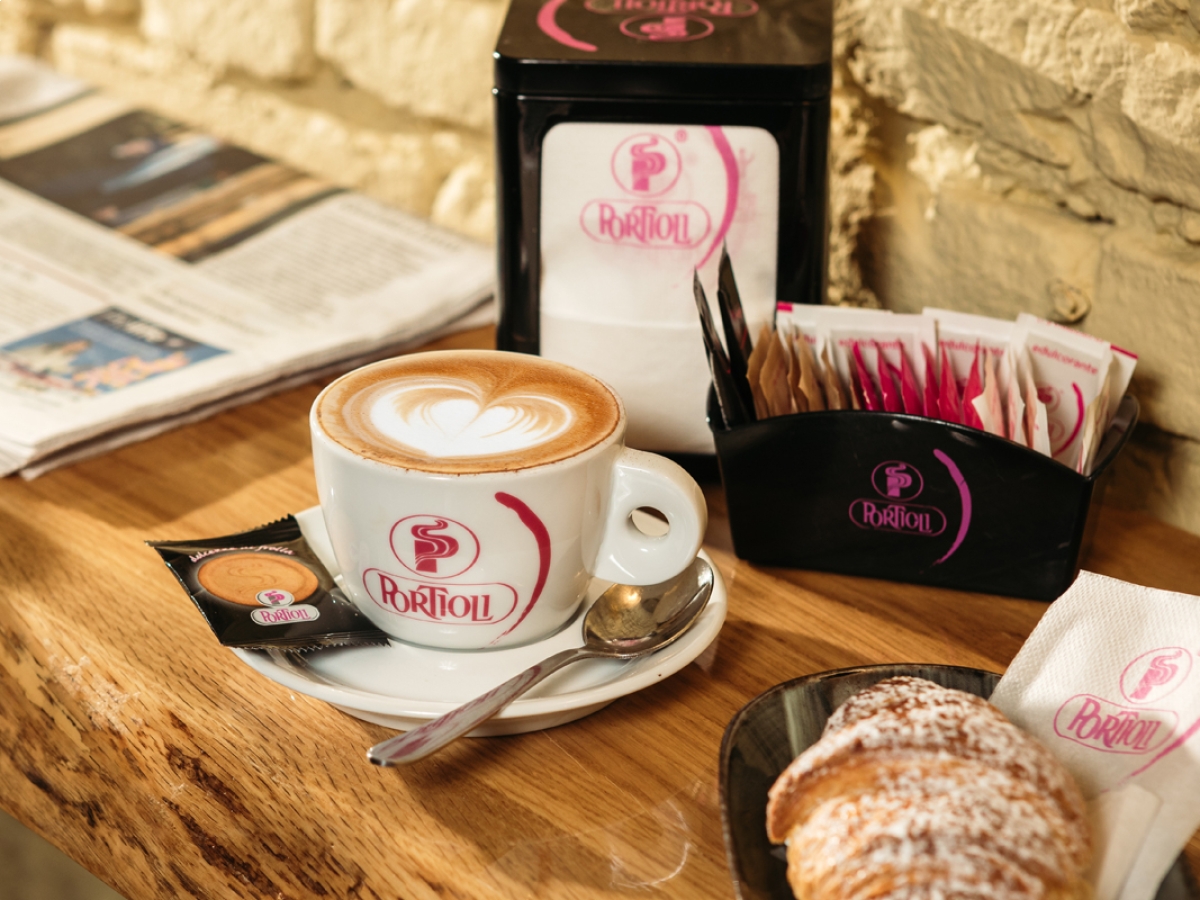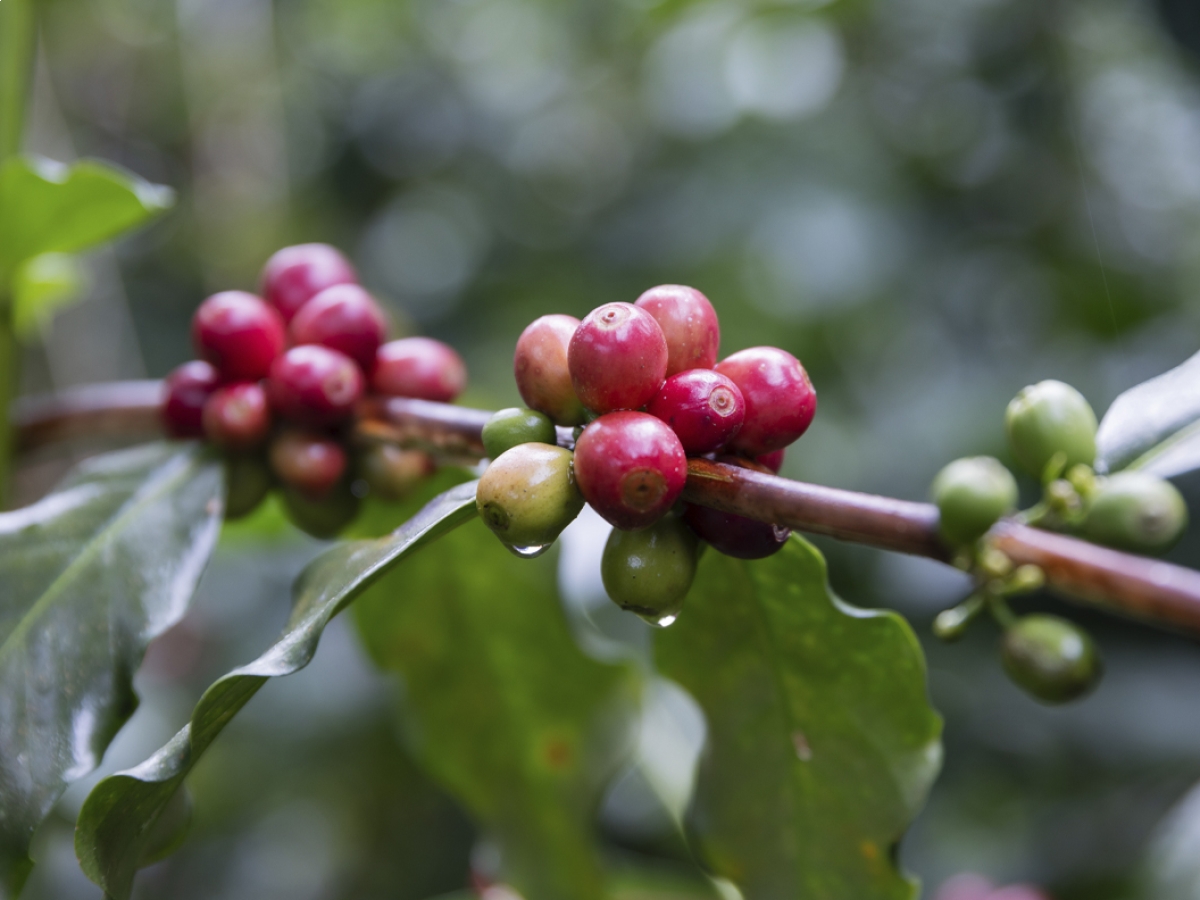
Coffee is the fruit of a long and fascinating journey that begins long before roasting and extraction into the cup. Underlying the aroma, taste and quality of every blend is an often-underestimated element: the microclimate. This term encompasses all the environmental peculiarities that, at a local level, influence the growth and development of the bean, from the degree of humidity to the temperature, via altitude and soil composition. Understanding how the microclimate affects coffee beans helps us not only to better appreciate our favourite beverage, but also to understand the careful and passionate work of producers, like Portioli, committed to excellence from plantation to cup.
The role of altitude
One of the most relevant microclimatic factors for coffee cultivation is altitude. Plantations located at higher altitudes, usually between 1,000 and 2,000 metres, enjoy cooler temperatures and are less susceptible to insect attack. This more gradual growth allows the bean to develop a higher aromatic complexity, giving rise to fruity, floral or slightly citrus aromas. Under these conditions, the coffee plants tend to produce less, but the quality of the crop is significantly higher, making the final cup particularly rich in nuances.
Humidity and rainfall - The perfect balance
Air humidity, together with the amount and distribution of rainfall, is another key element of the microclimate. Rainfall, if well balanced, contributes to the healthy growth of the plant, favouring the development of the flowers that will later become the coffee berries/cherries. However, too much rainfall or too high humidity can cause problems such as fungus and diseases, compromising the quality of the crop. On the other hand, an excessively dry climate would weaken the plant and would not allow the flowers to develop.
Temperature and its variations
The perfect temperature for coffee cultivation is between 18 and 30 degrees Celsius. Plantations in areas with constant temperatures and cool breezes benefit from stable conditions, which allow the beans to develop a more compact internal structure and distinctive flavours. It is no coincidence that many regions famous for coffee production, such as certain areas of Central and South America or East Africa, have mountainous or hilly climates that create that perfect thermal balance.
The quality of the soil - Coffee terroir
The concept of ‘terroir’, often used to describe wine production, also applies to coffee. The composition of the soil, the presence of nutrients, minerals and organic matter greatly influence the sensory profile of the bean. Volcanic soils, for example, rich in minerals, can impart notes of cocoa and spices, while clay and humus-rich soils favour a rounder, more full-bodied taste. Each plantation, with its unique mix of environmental factors, thus becomes a unique ‘cru’, just like a prestigious vineyard.
Understanding how the microclimate influences coffee means entering the heart of a delicate and fascinating world. For Portioli and the many quality-conscious producers, the challenge is to enhance the peculiarities of each terroir, selecting the best plantations, supporting sustainable farming practices and refining the roasting process to enhance the unique aromatic notes of each bean. The result is a cup that tells a story made up of soil, sun, rain, altitude and passion: the story of coffee and its microclimate.
Related articles
Portioli Express
Home and office shopping
Experience authentic Italian espresso right at home with our premium blends in a variety of formats.
Go to the shop










